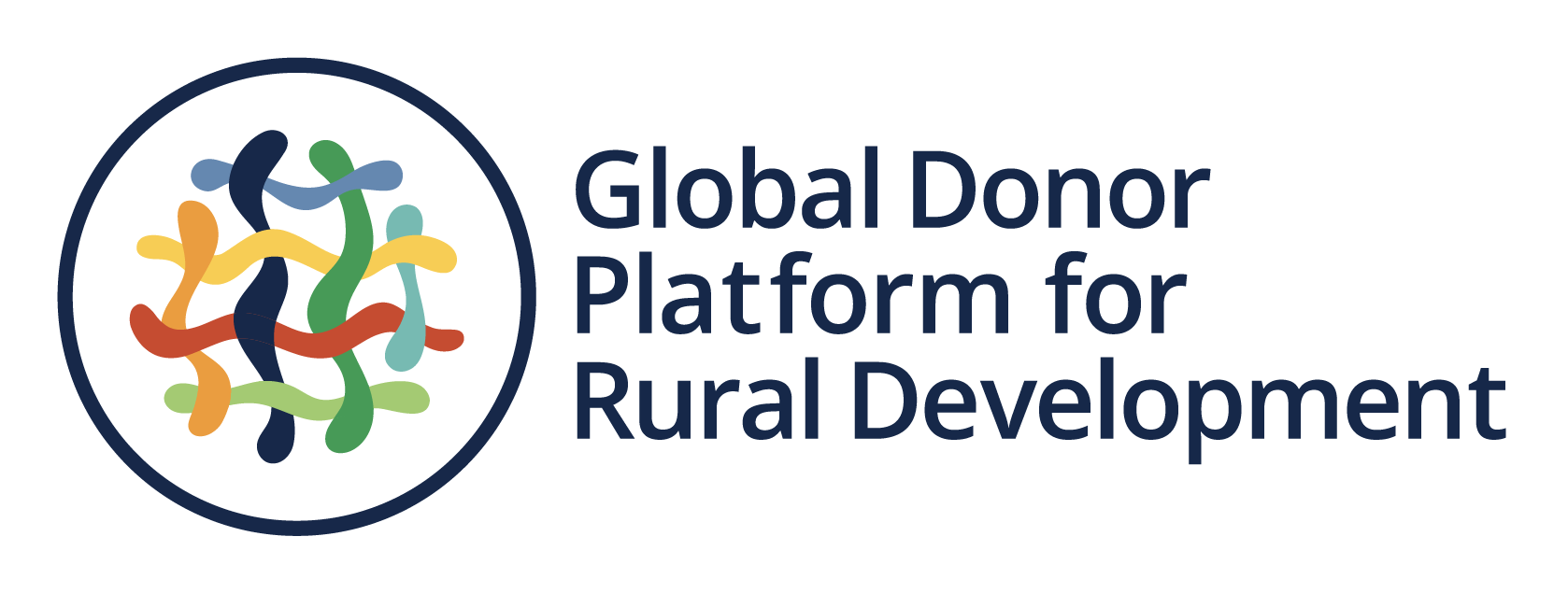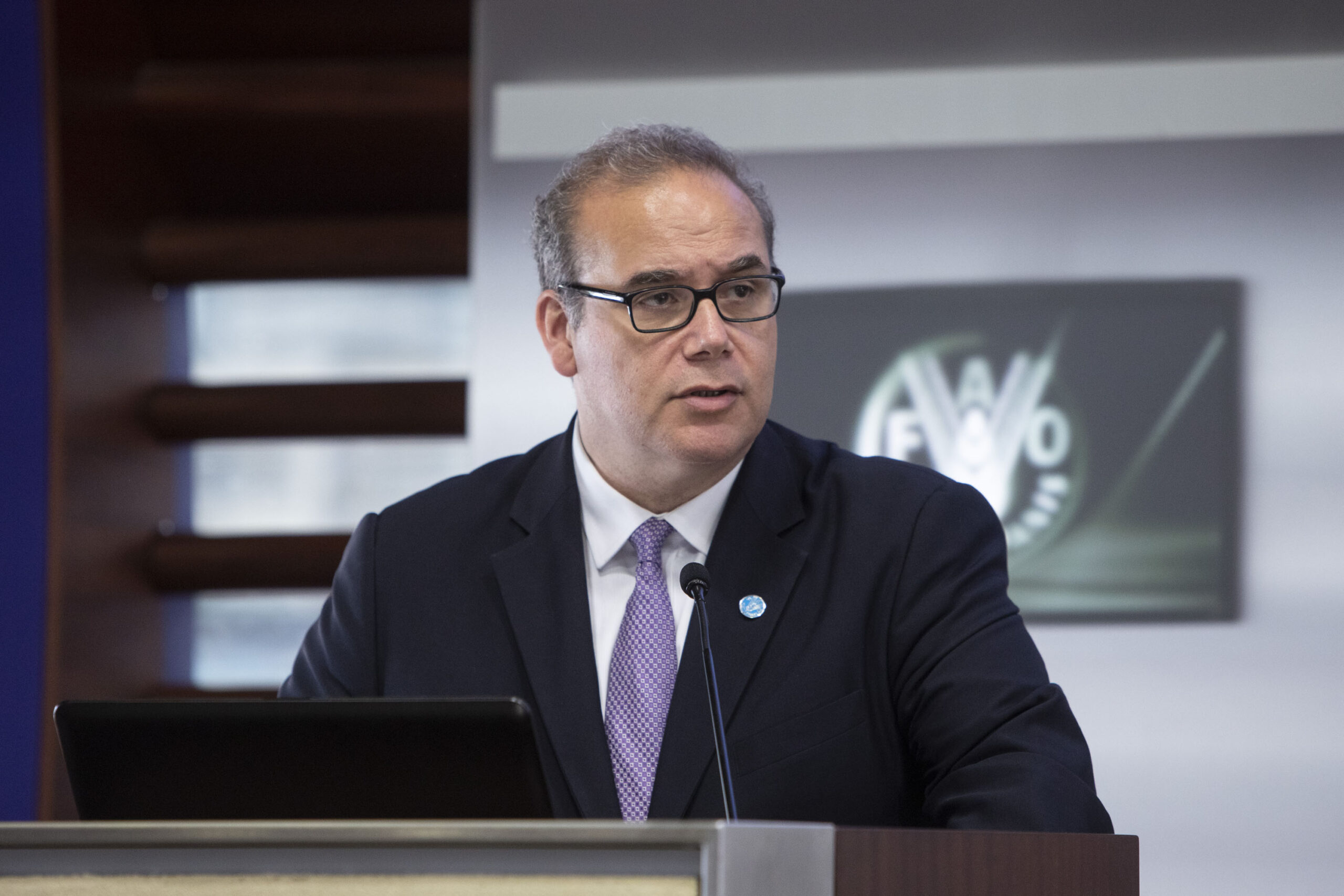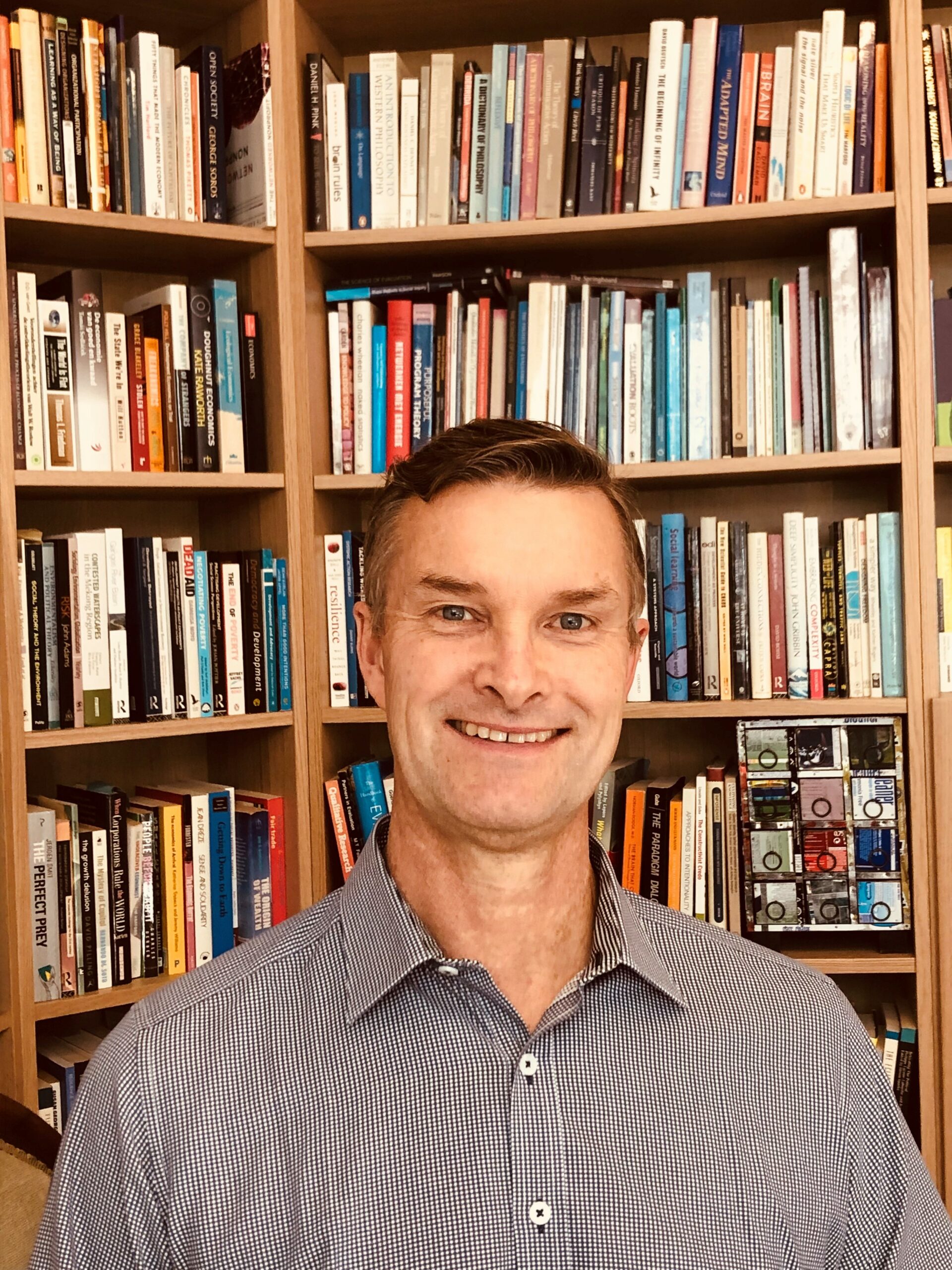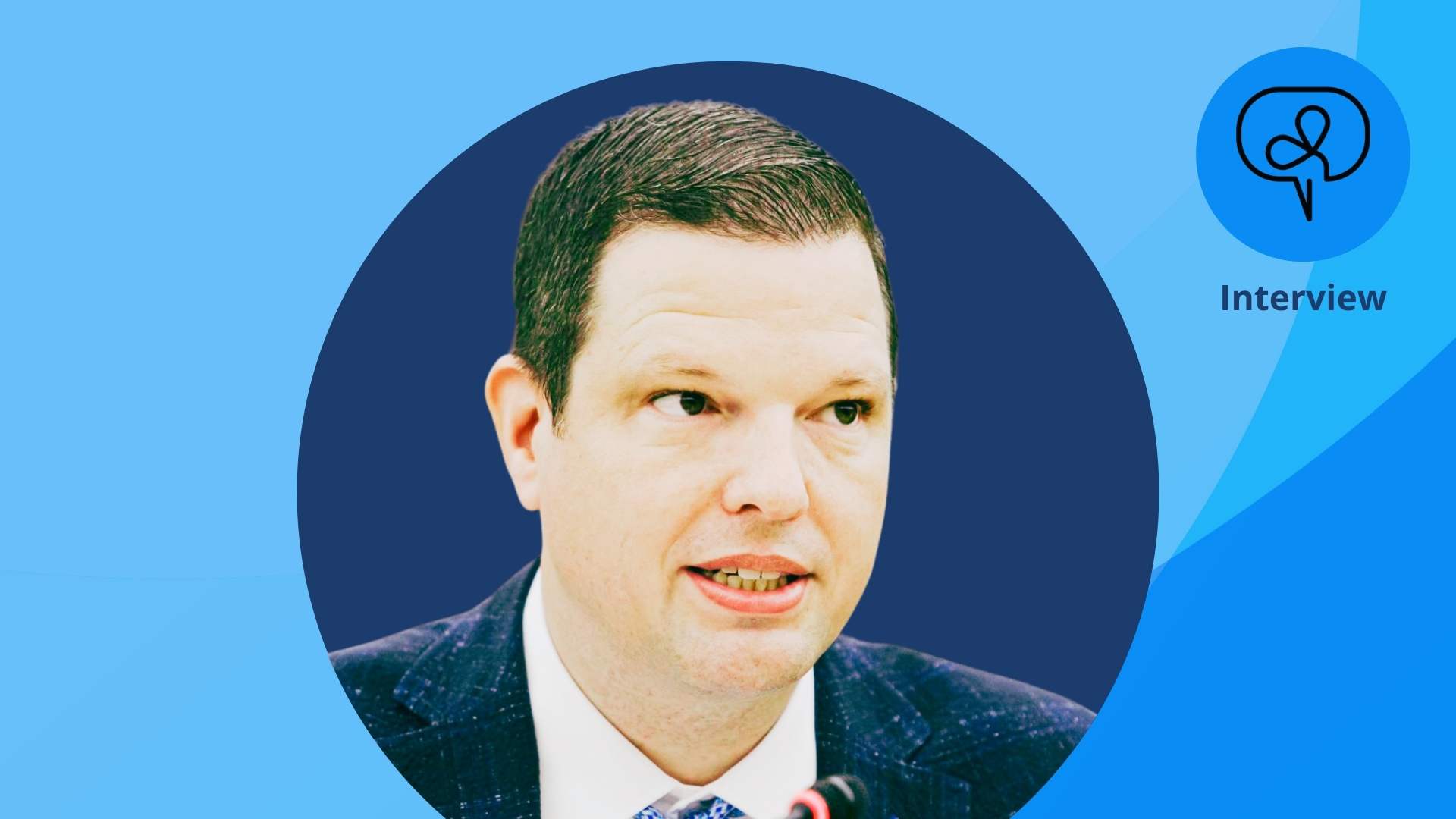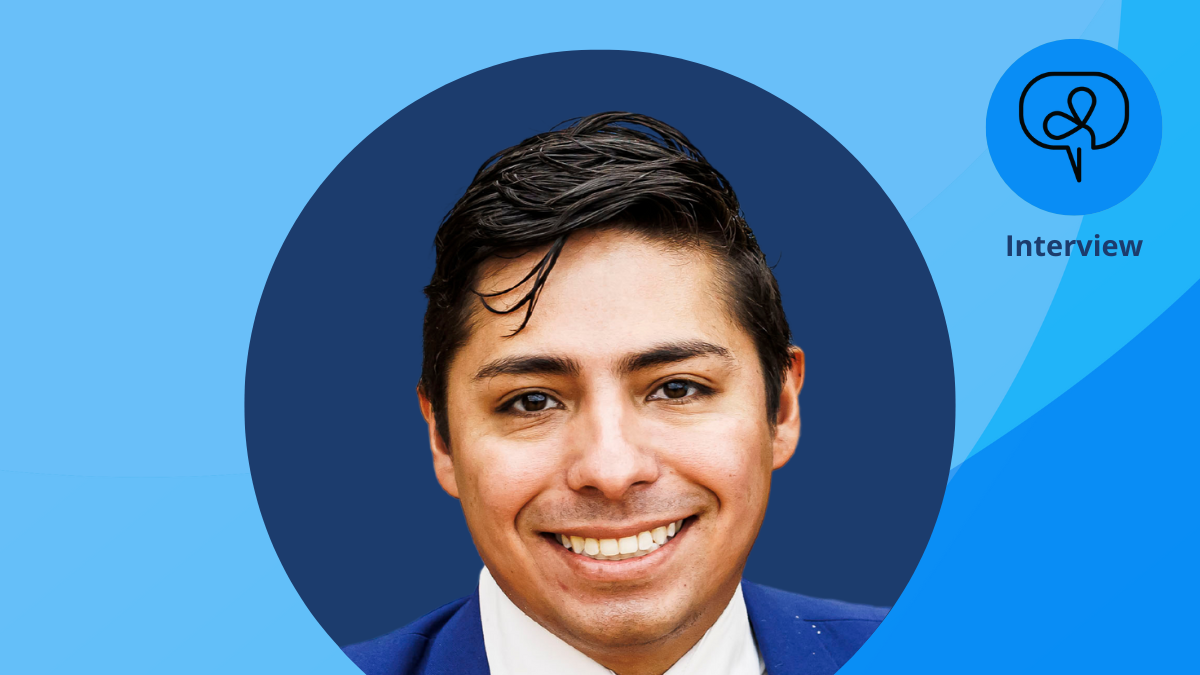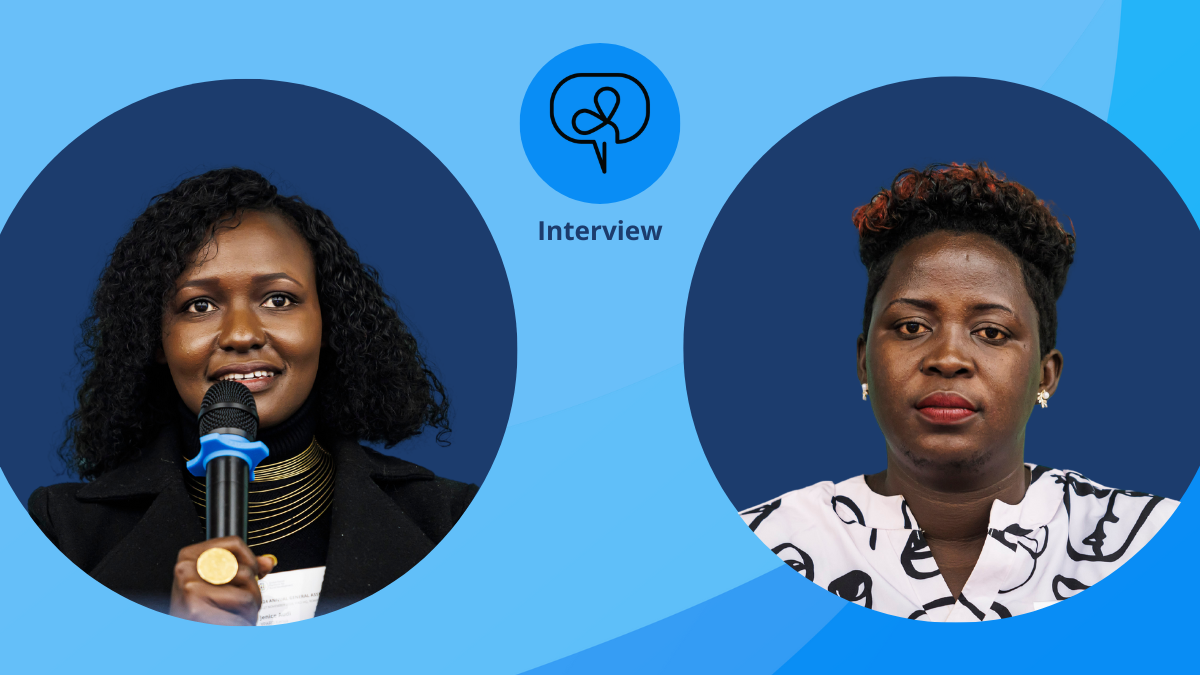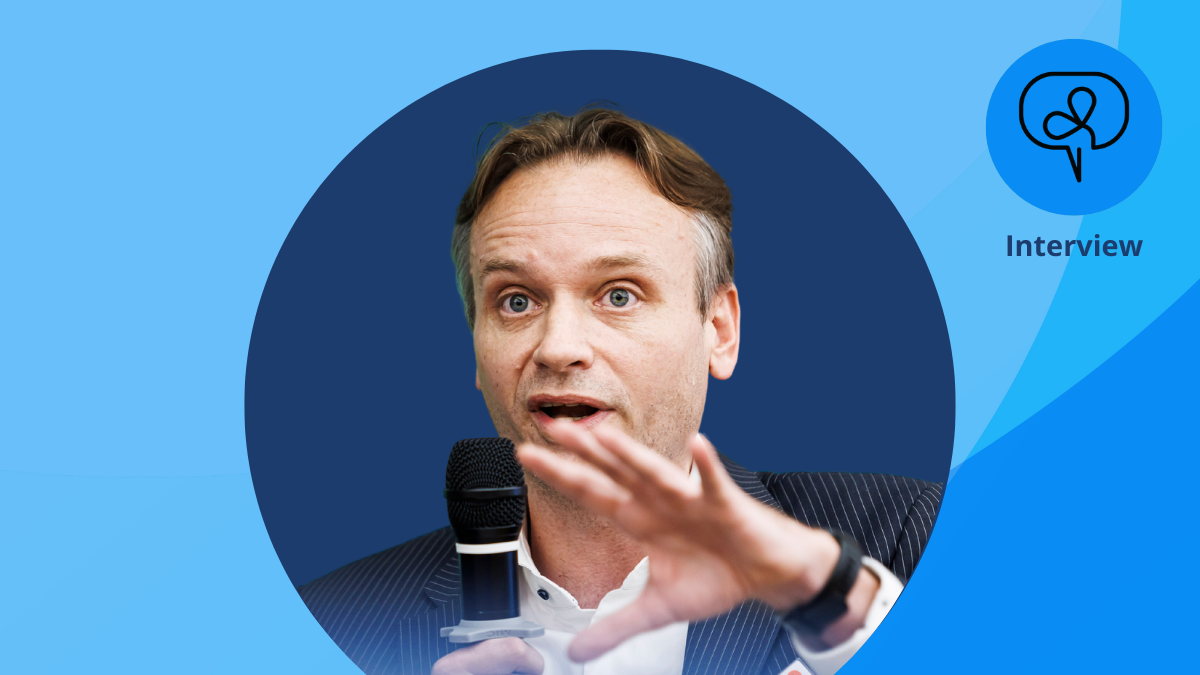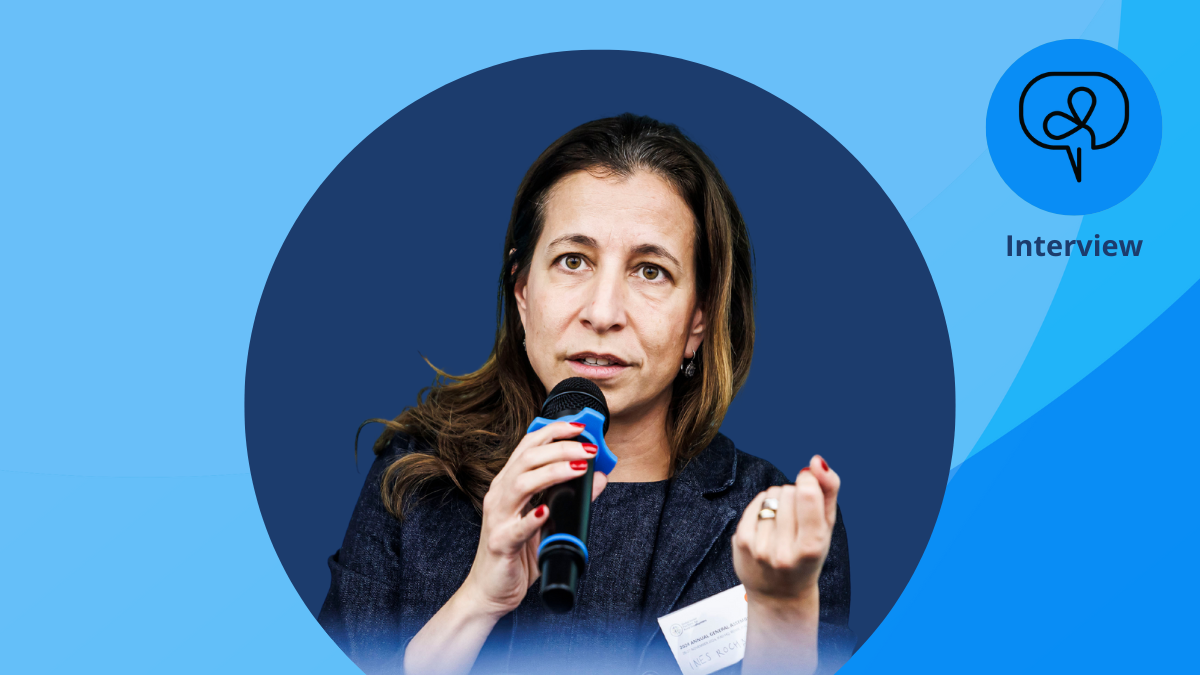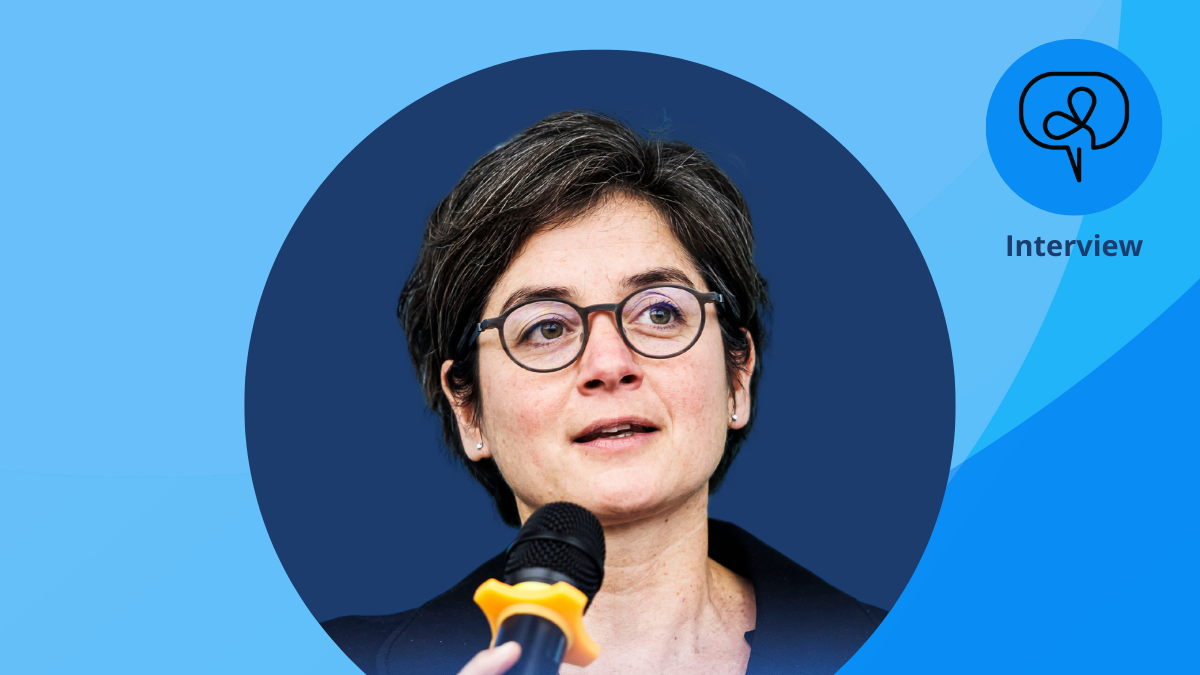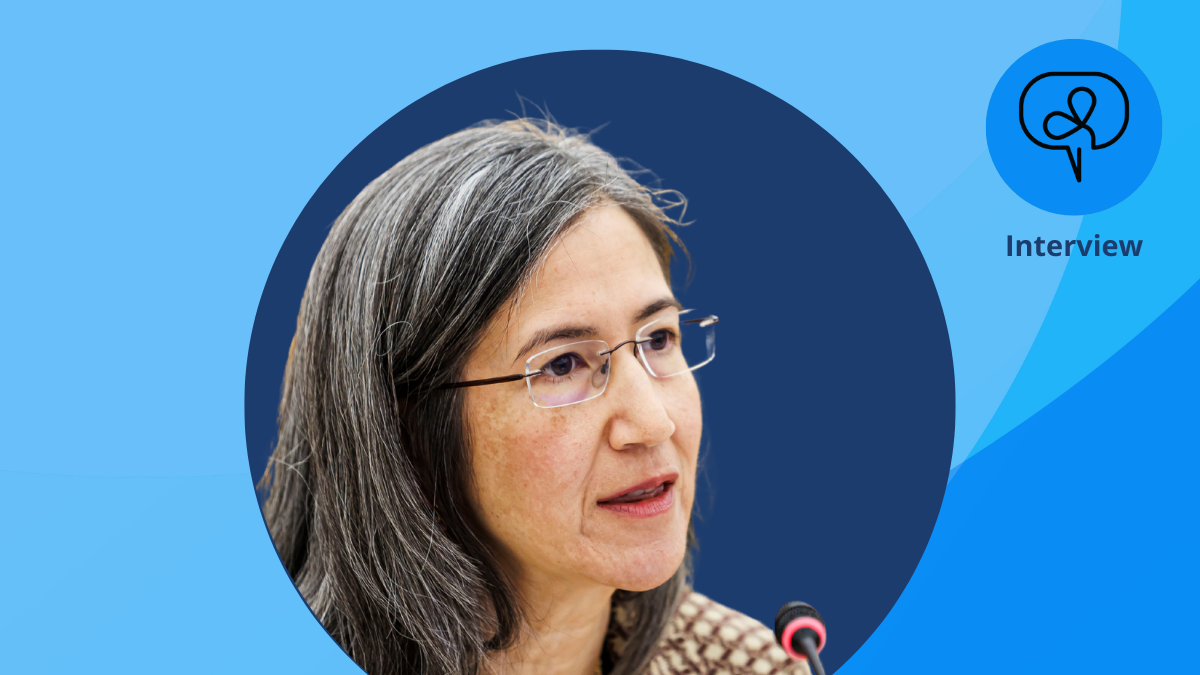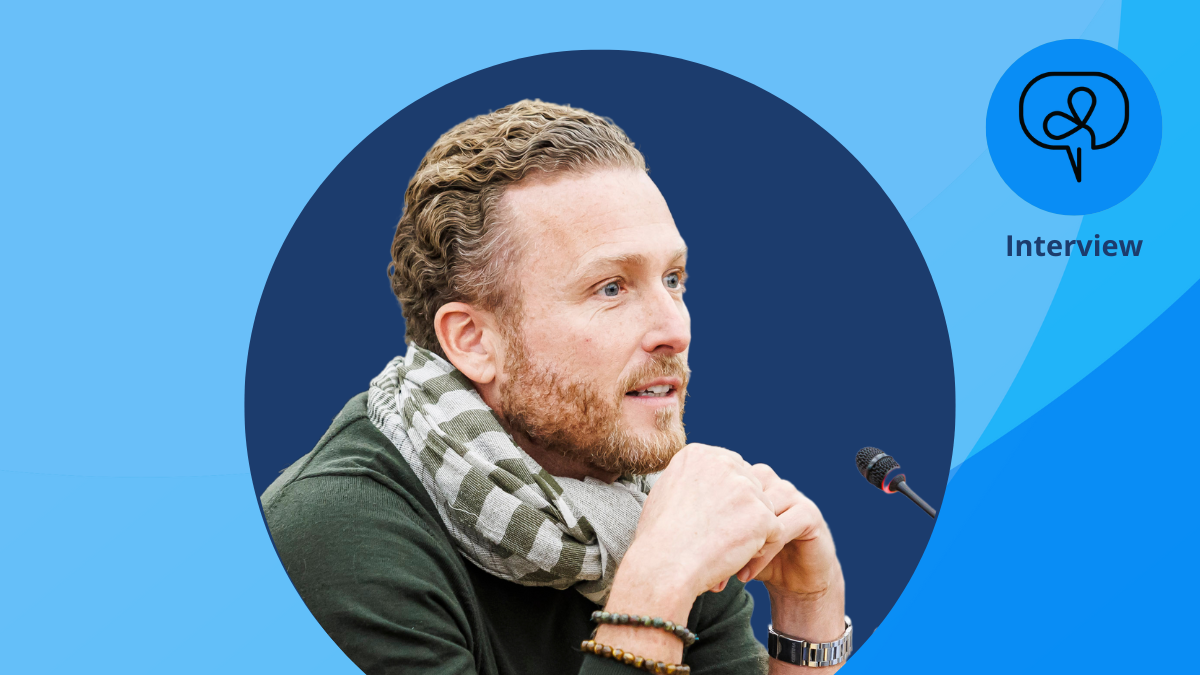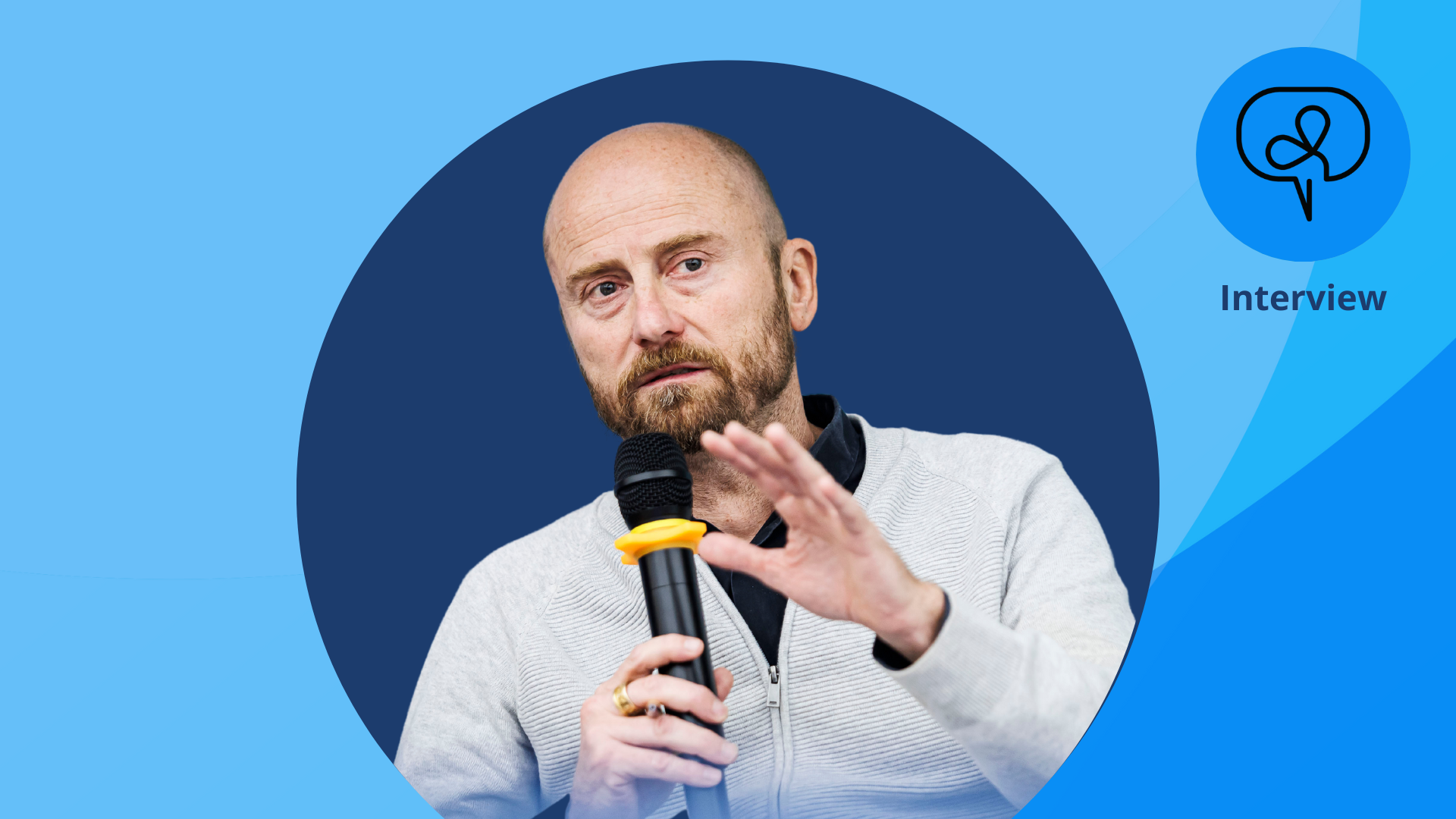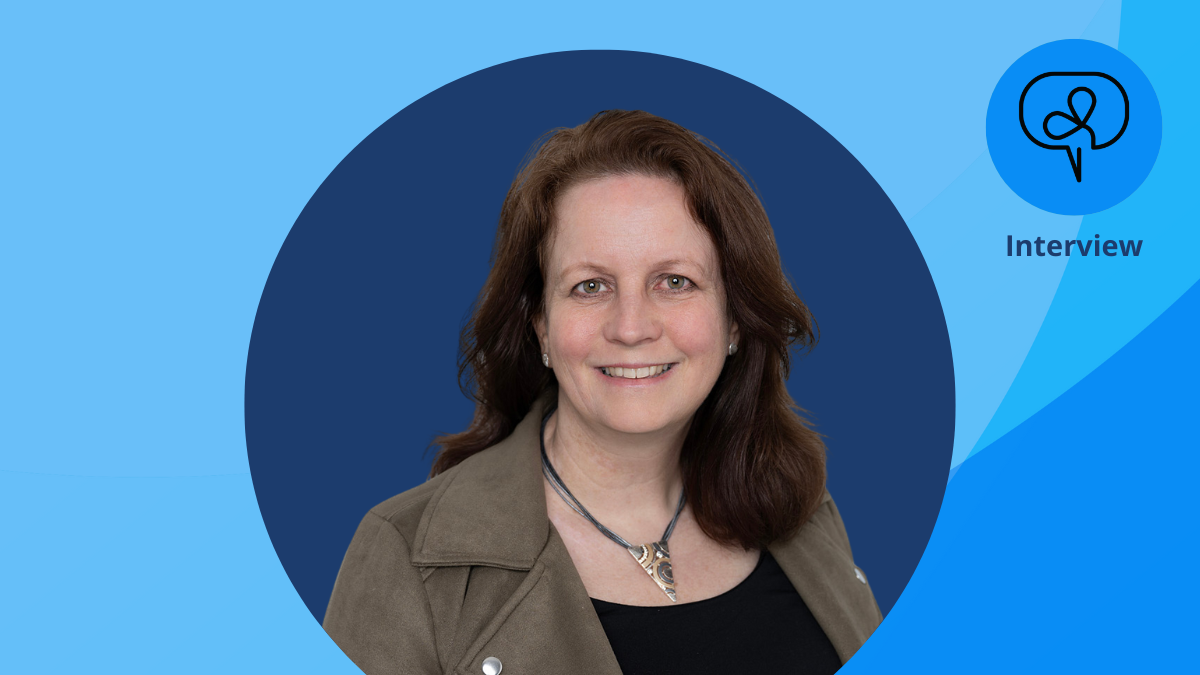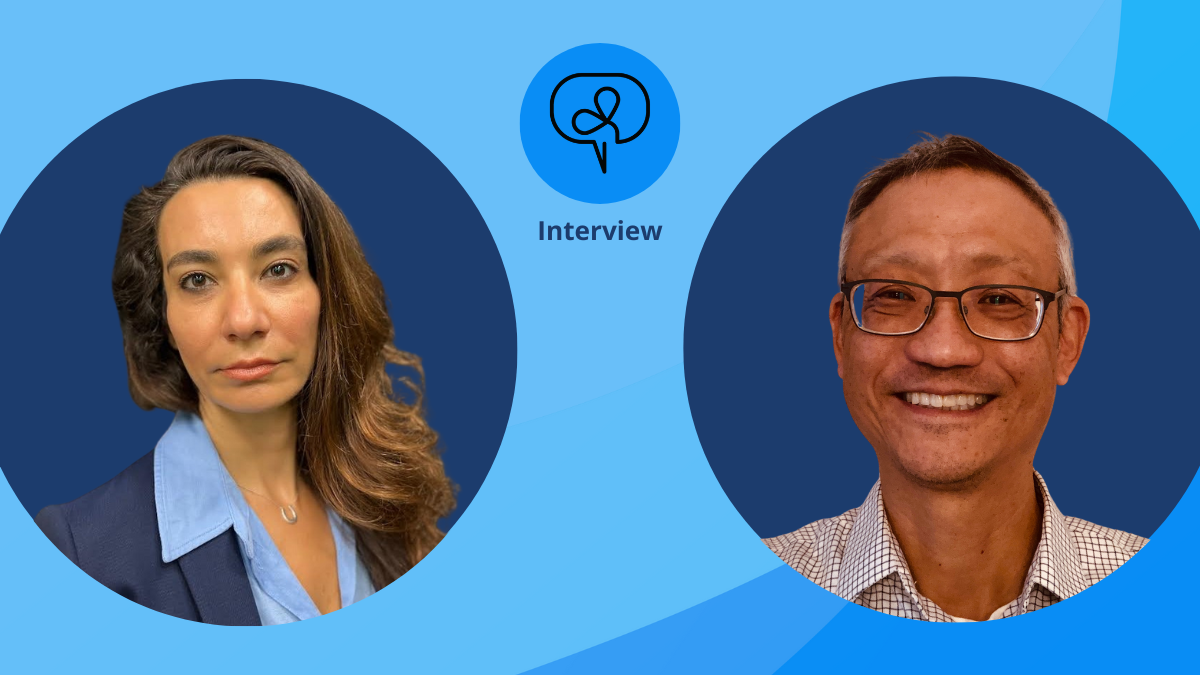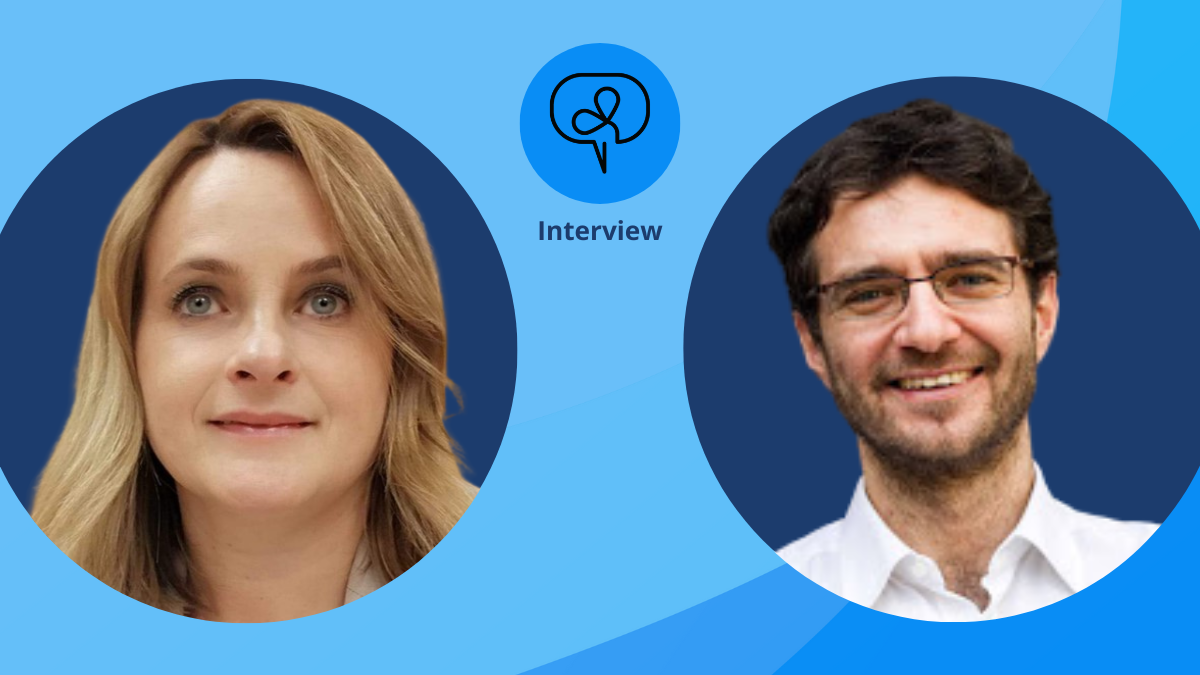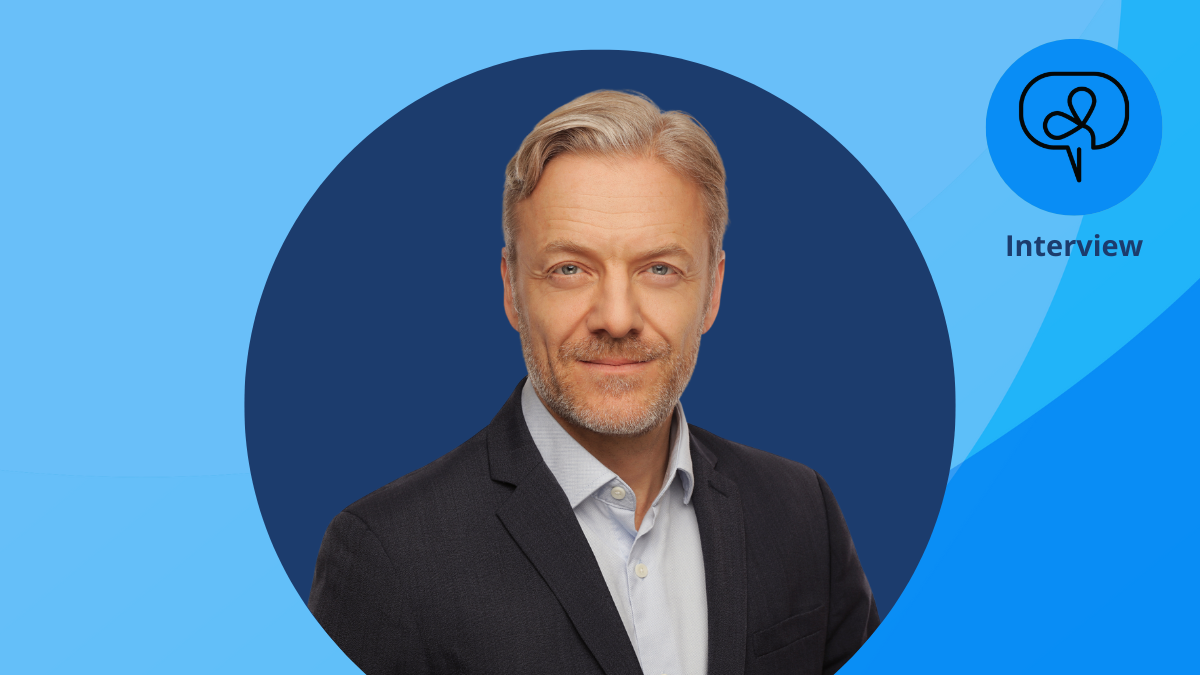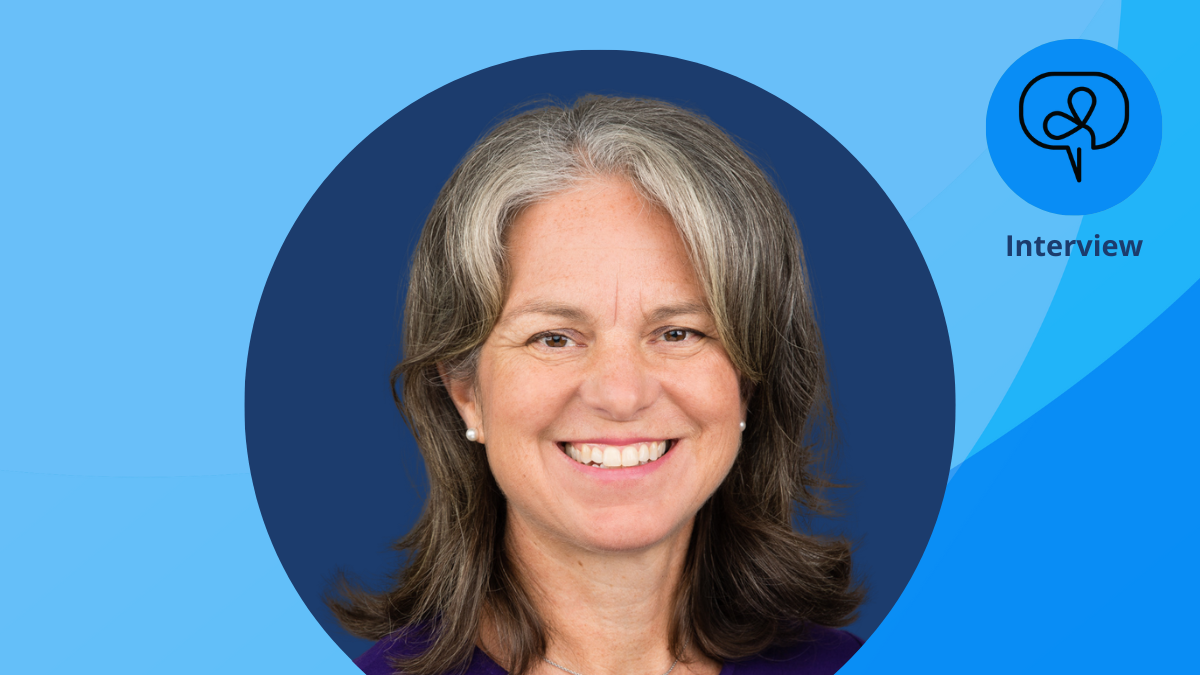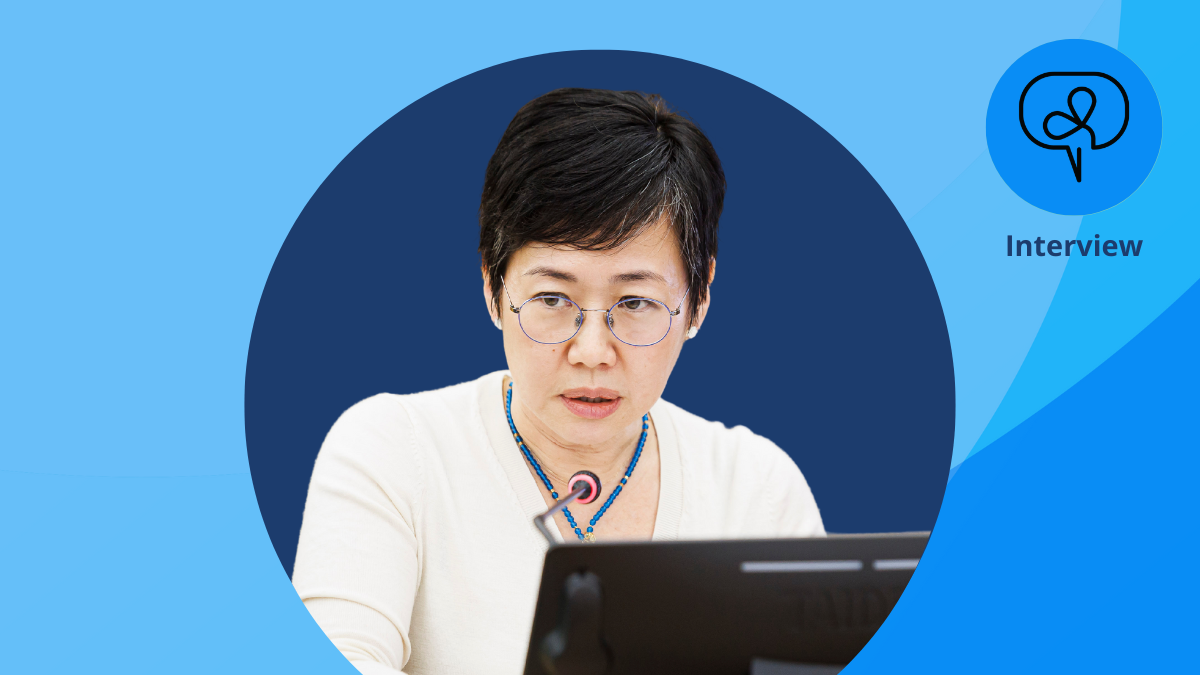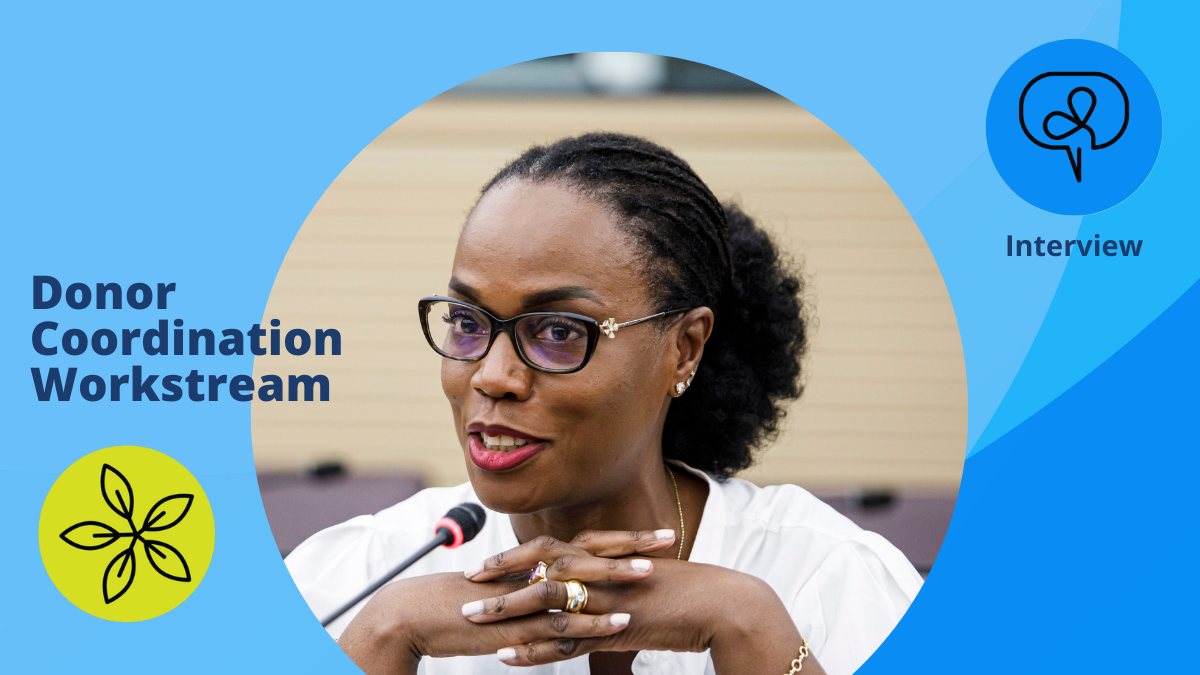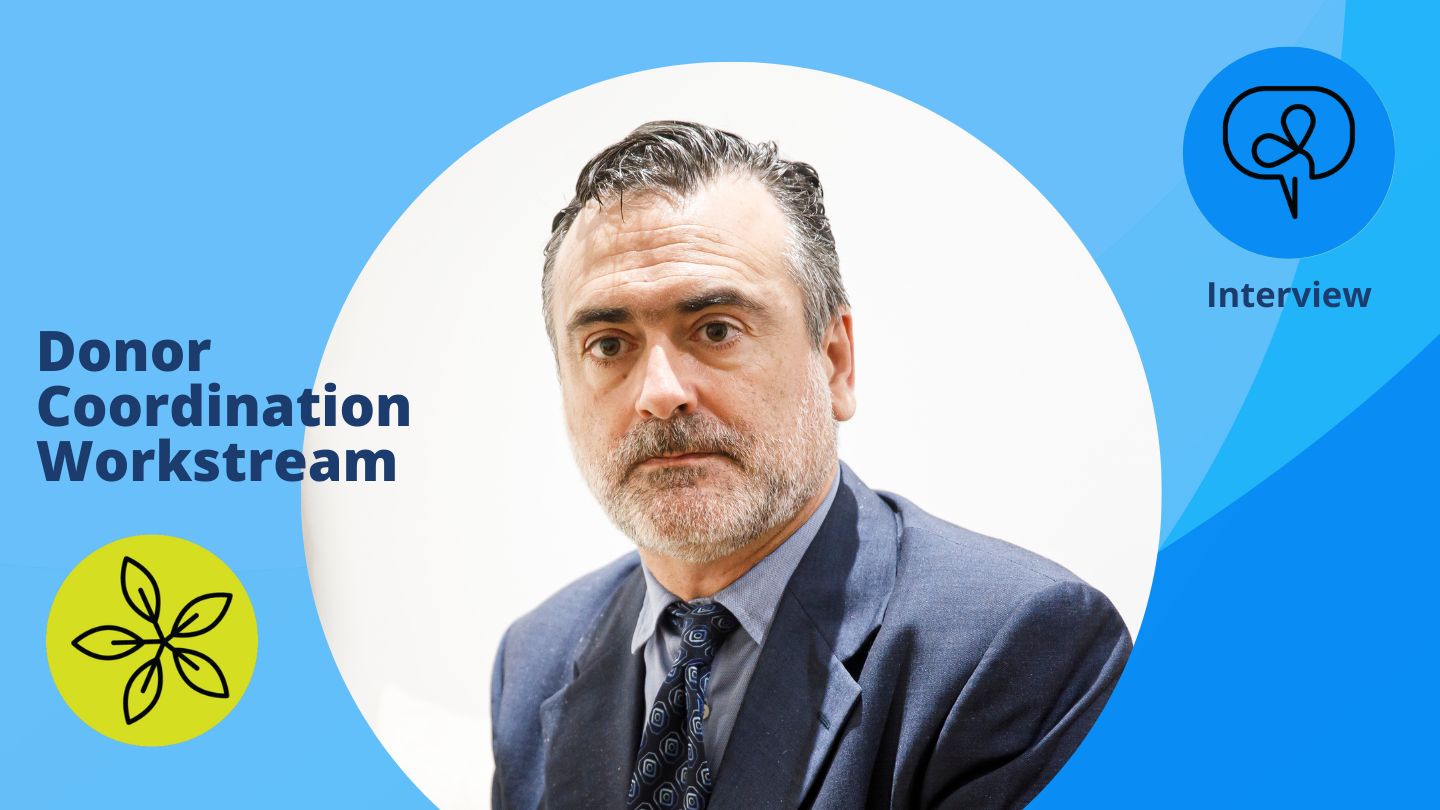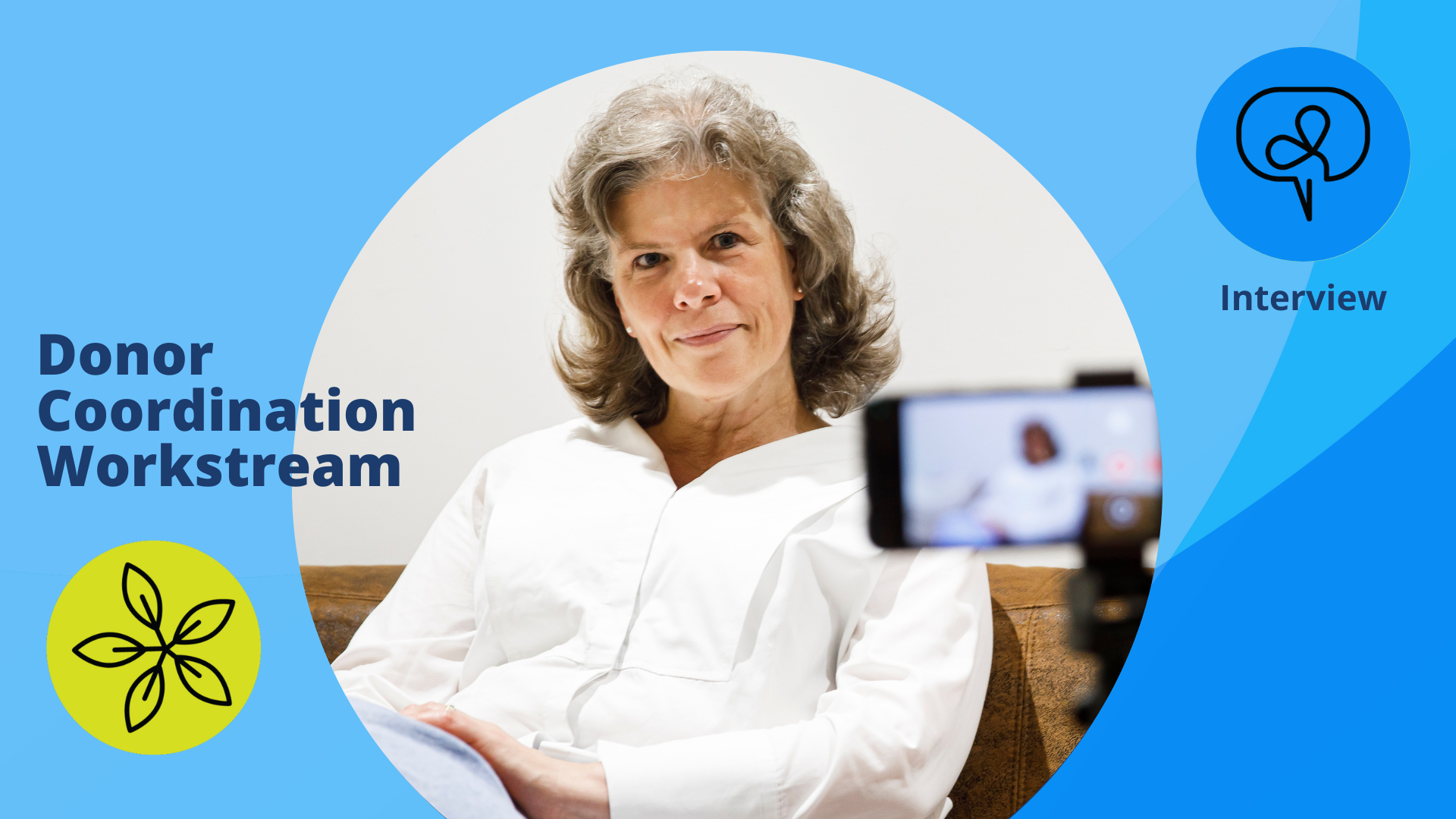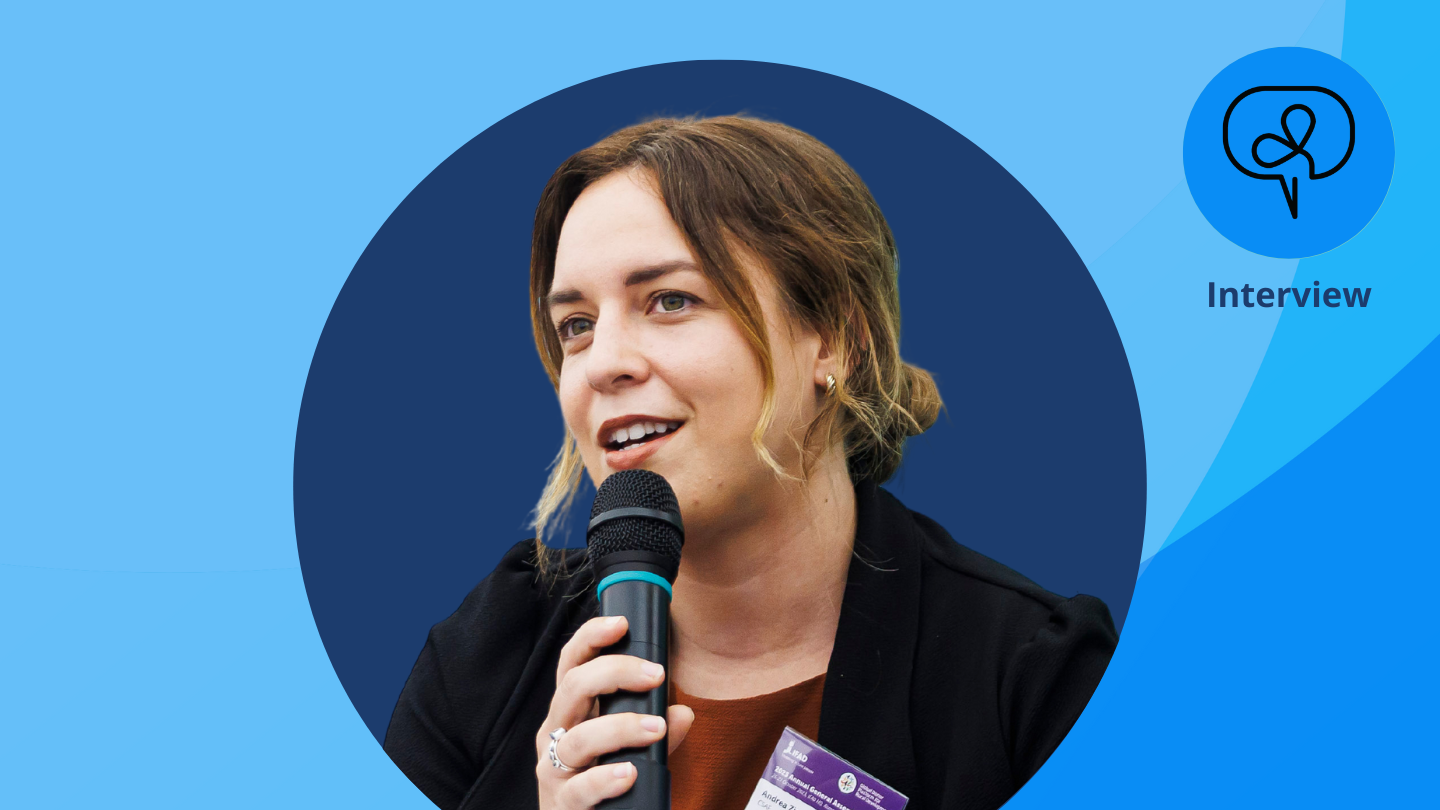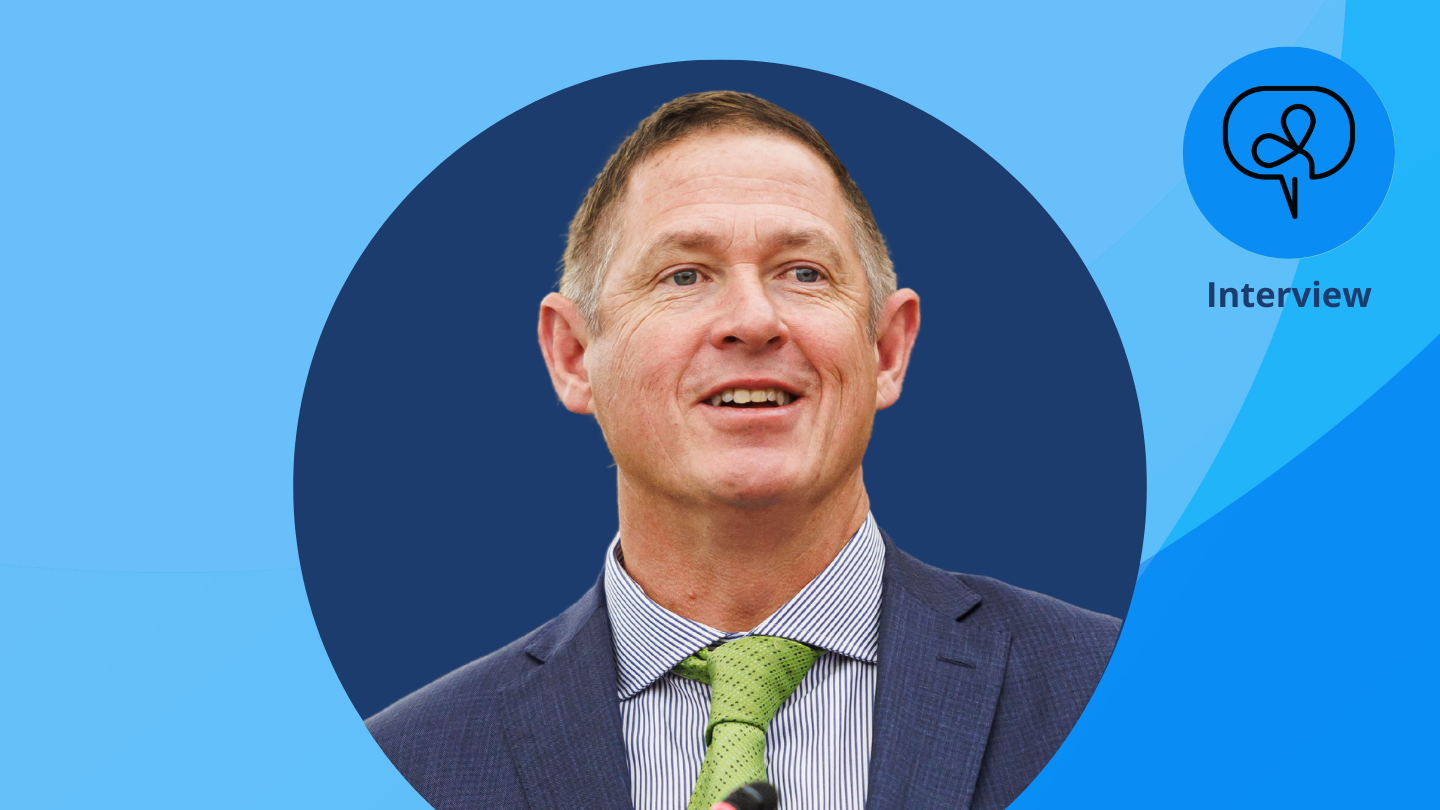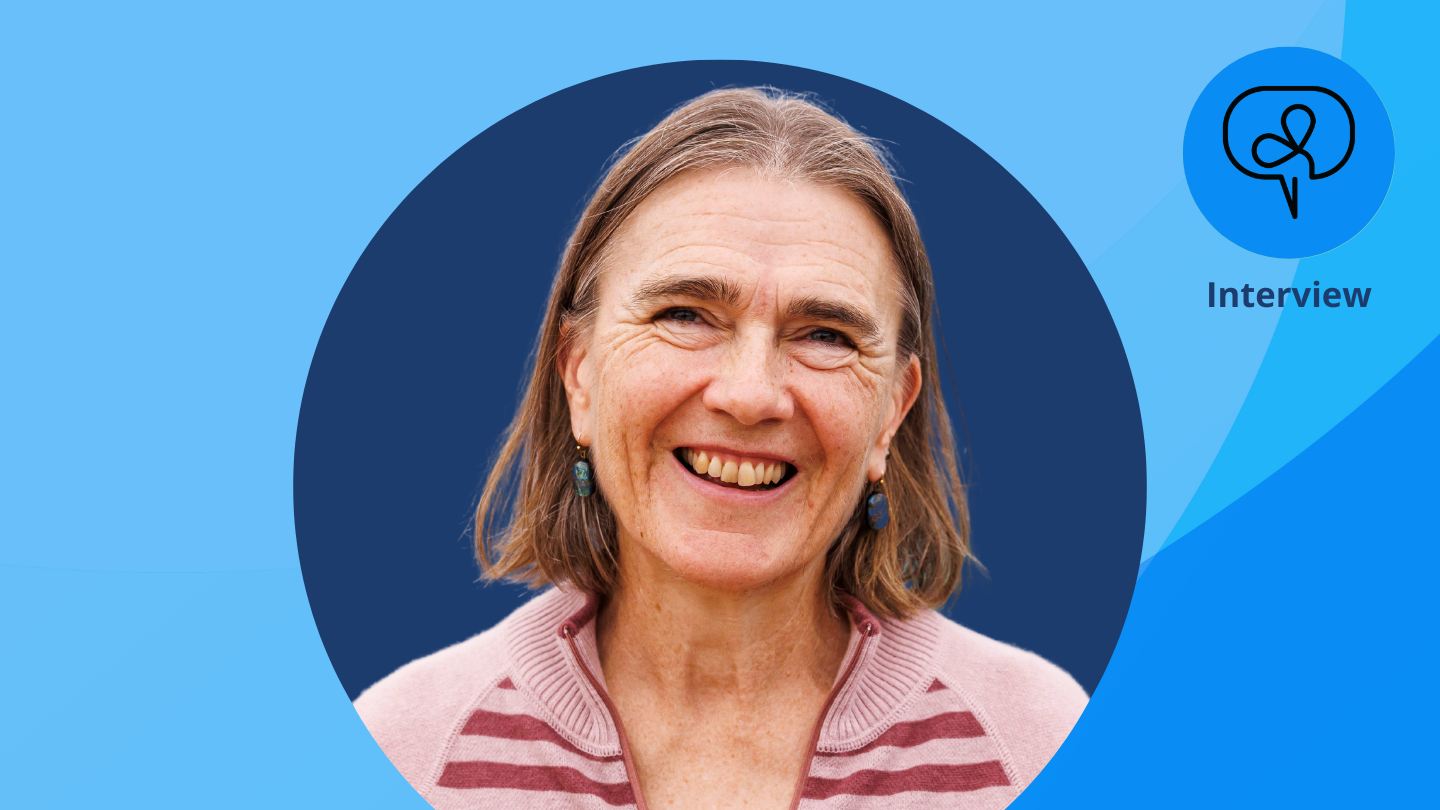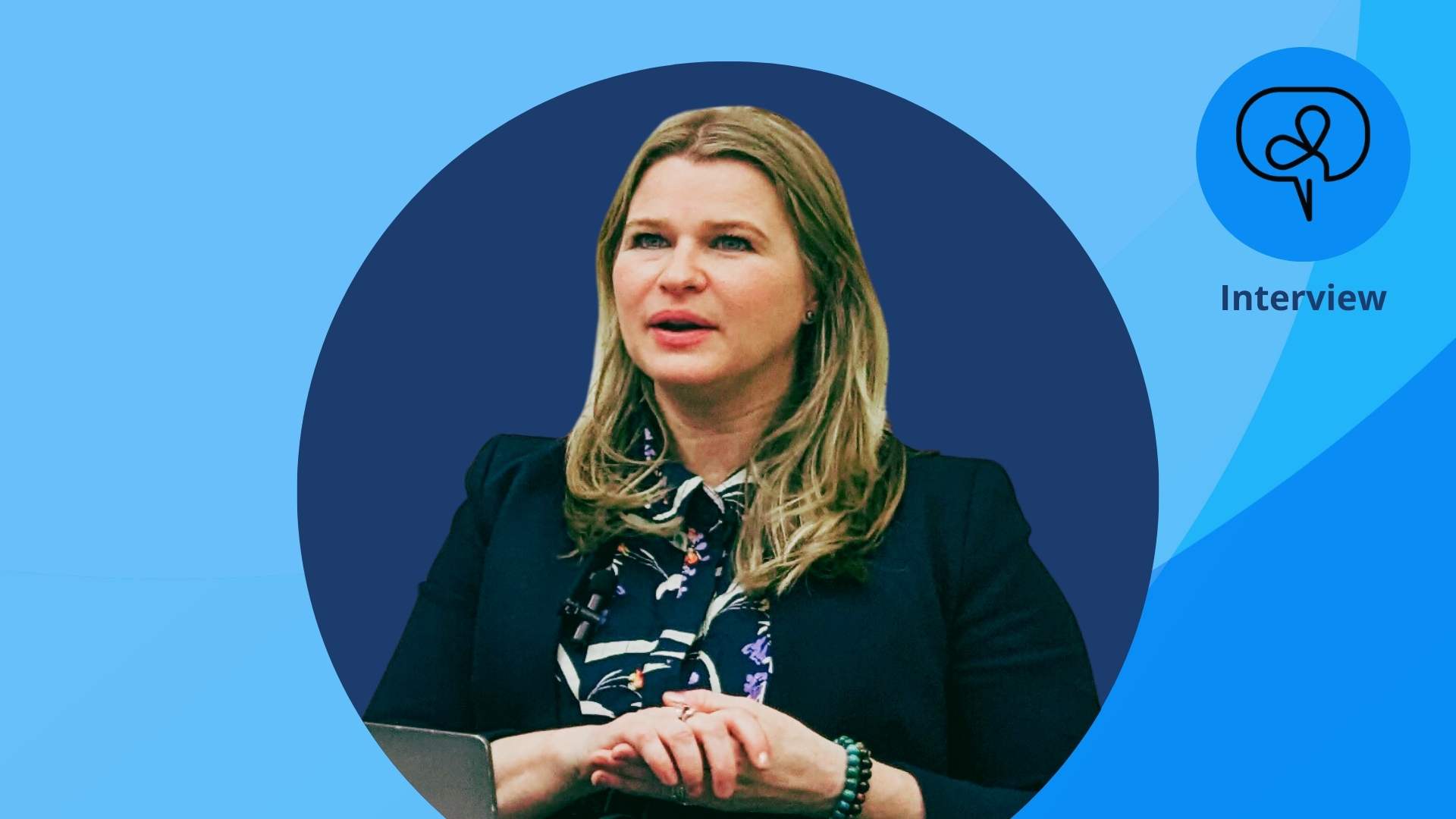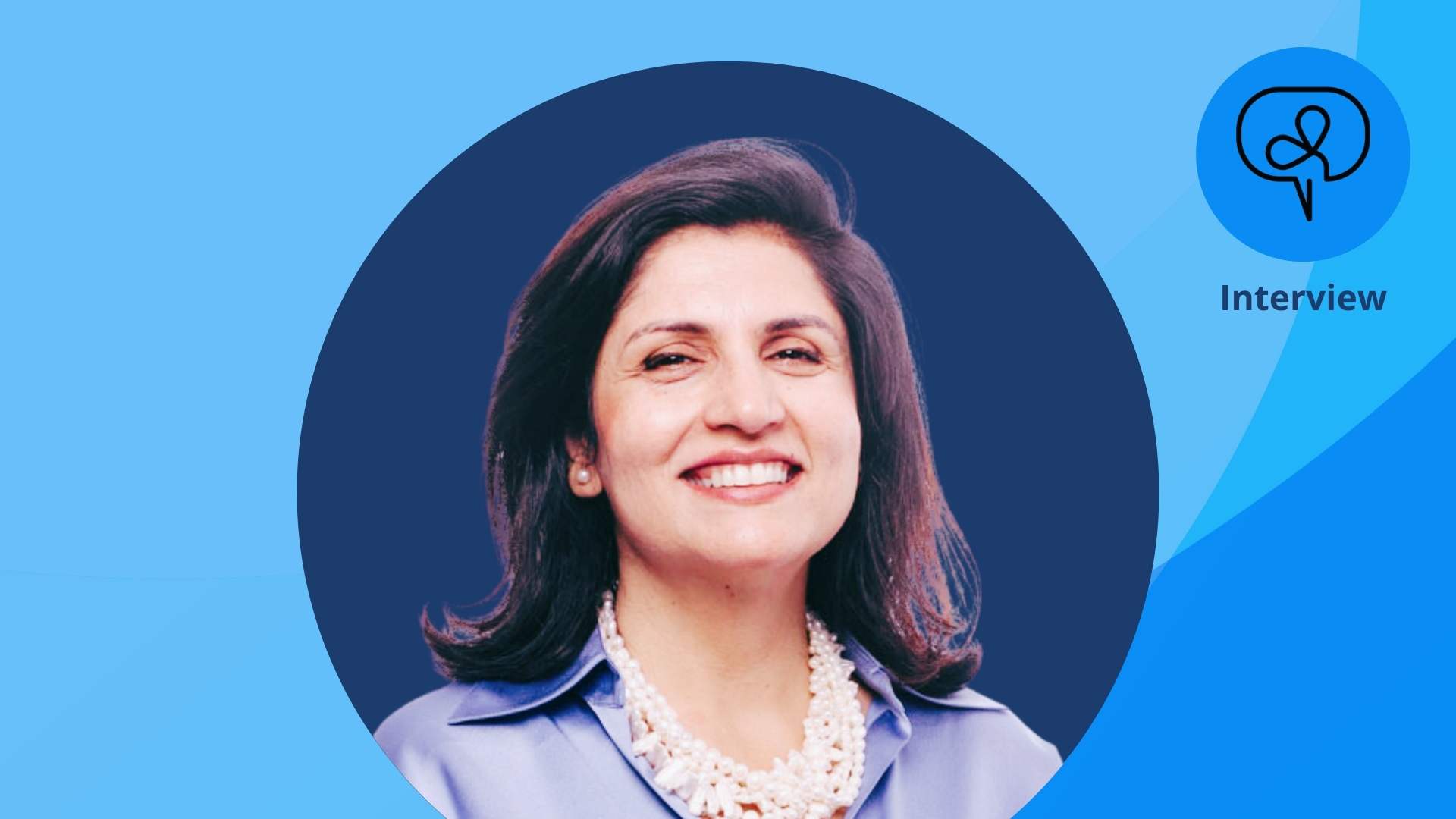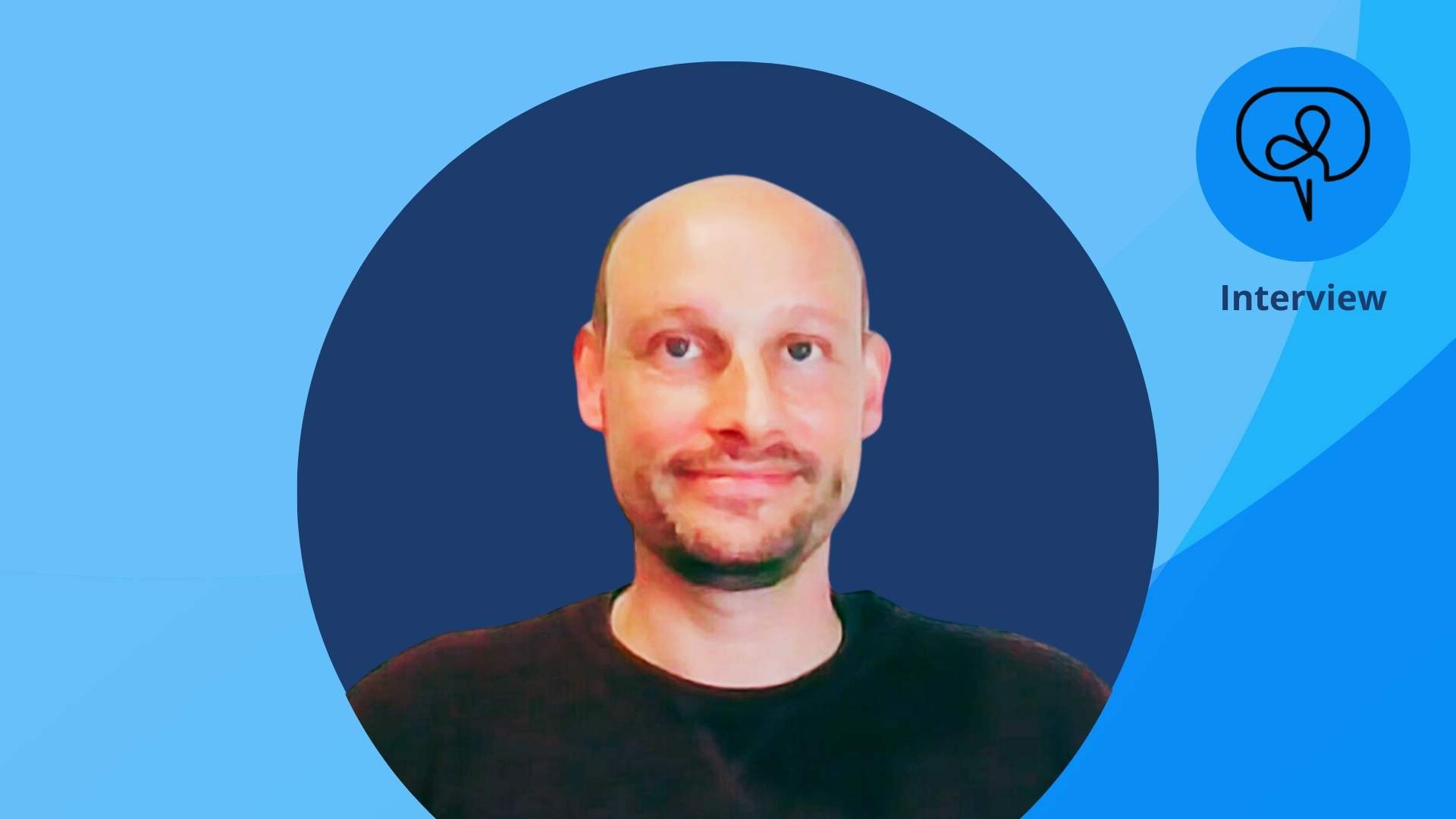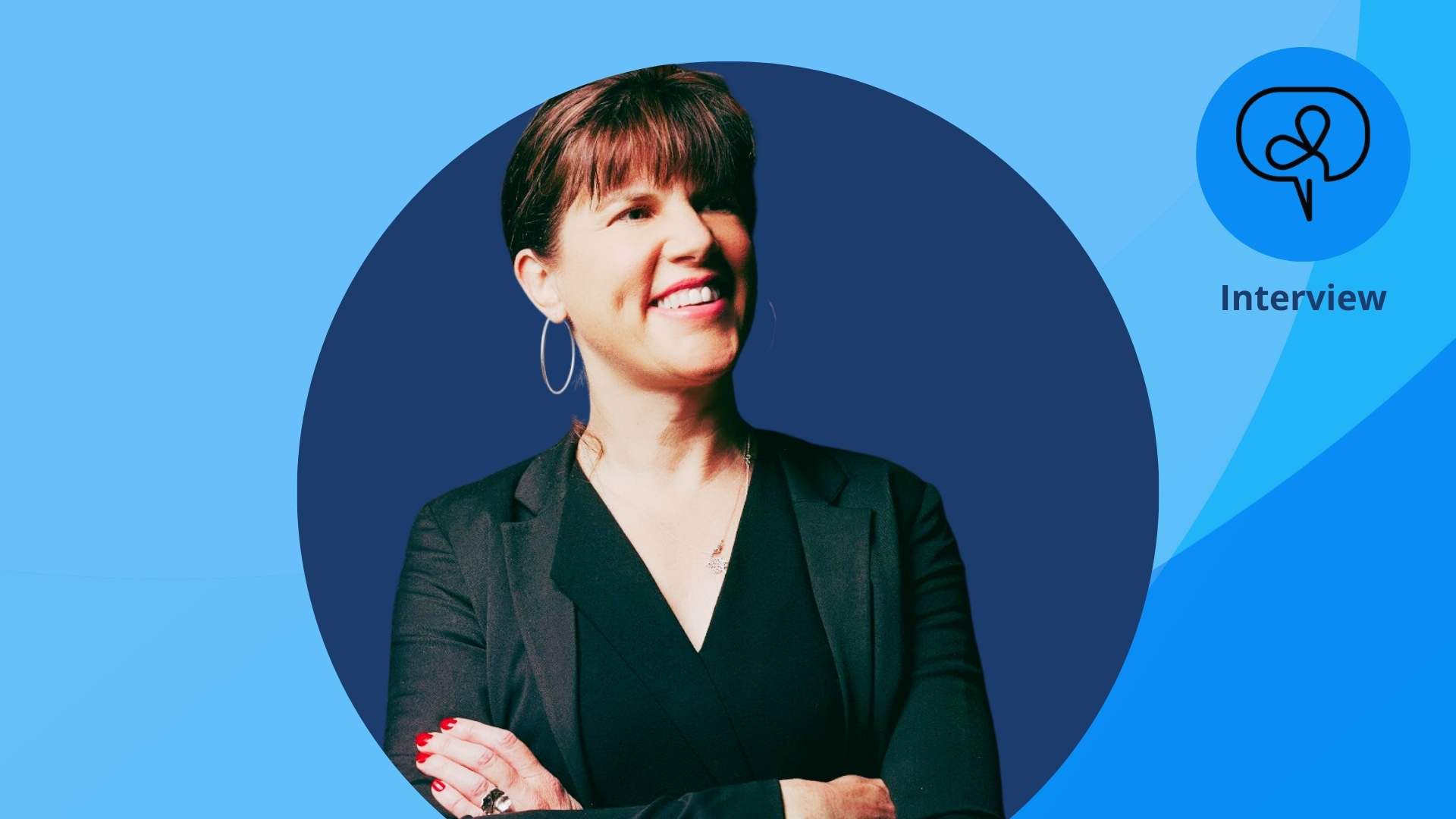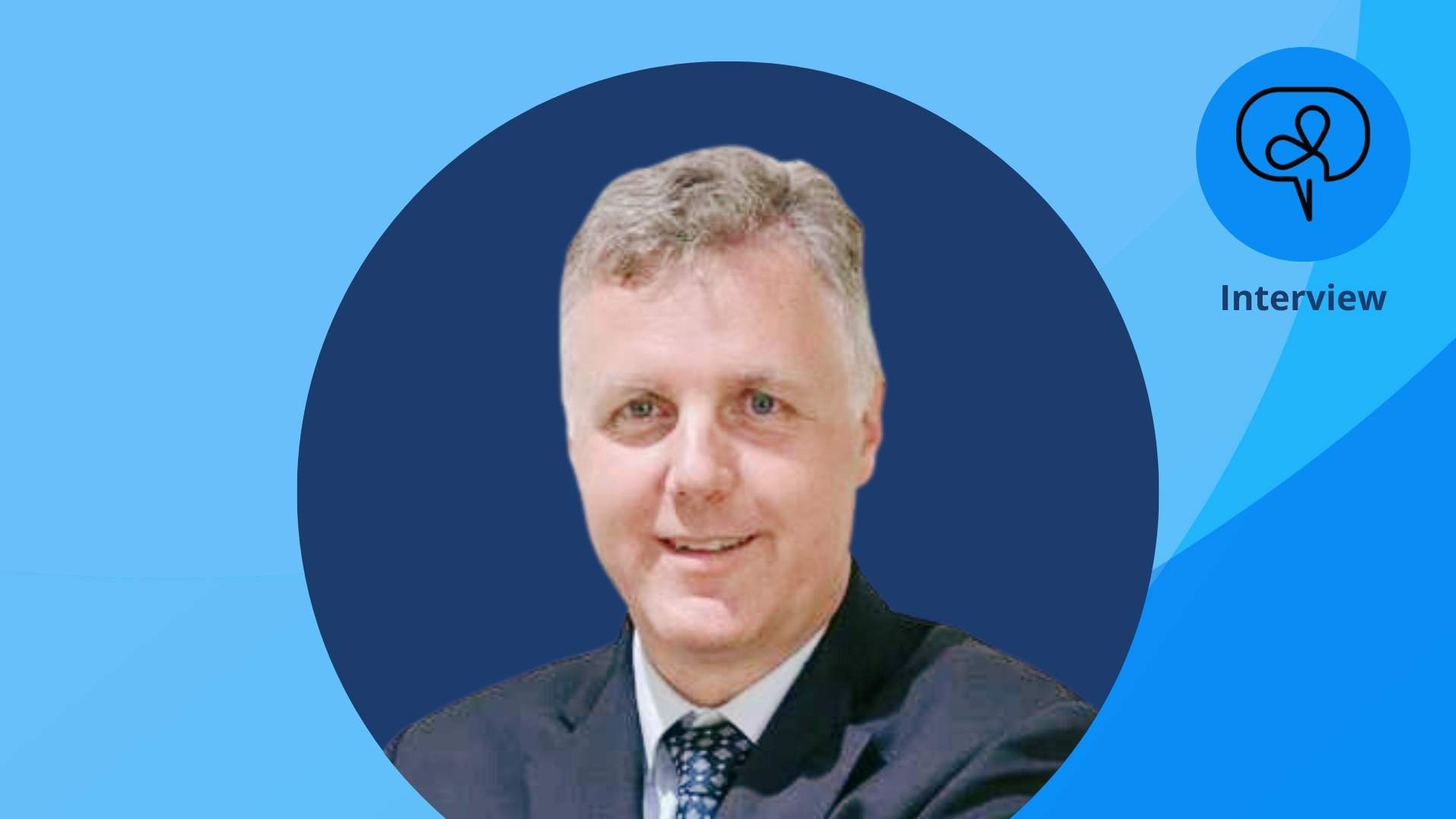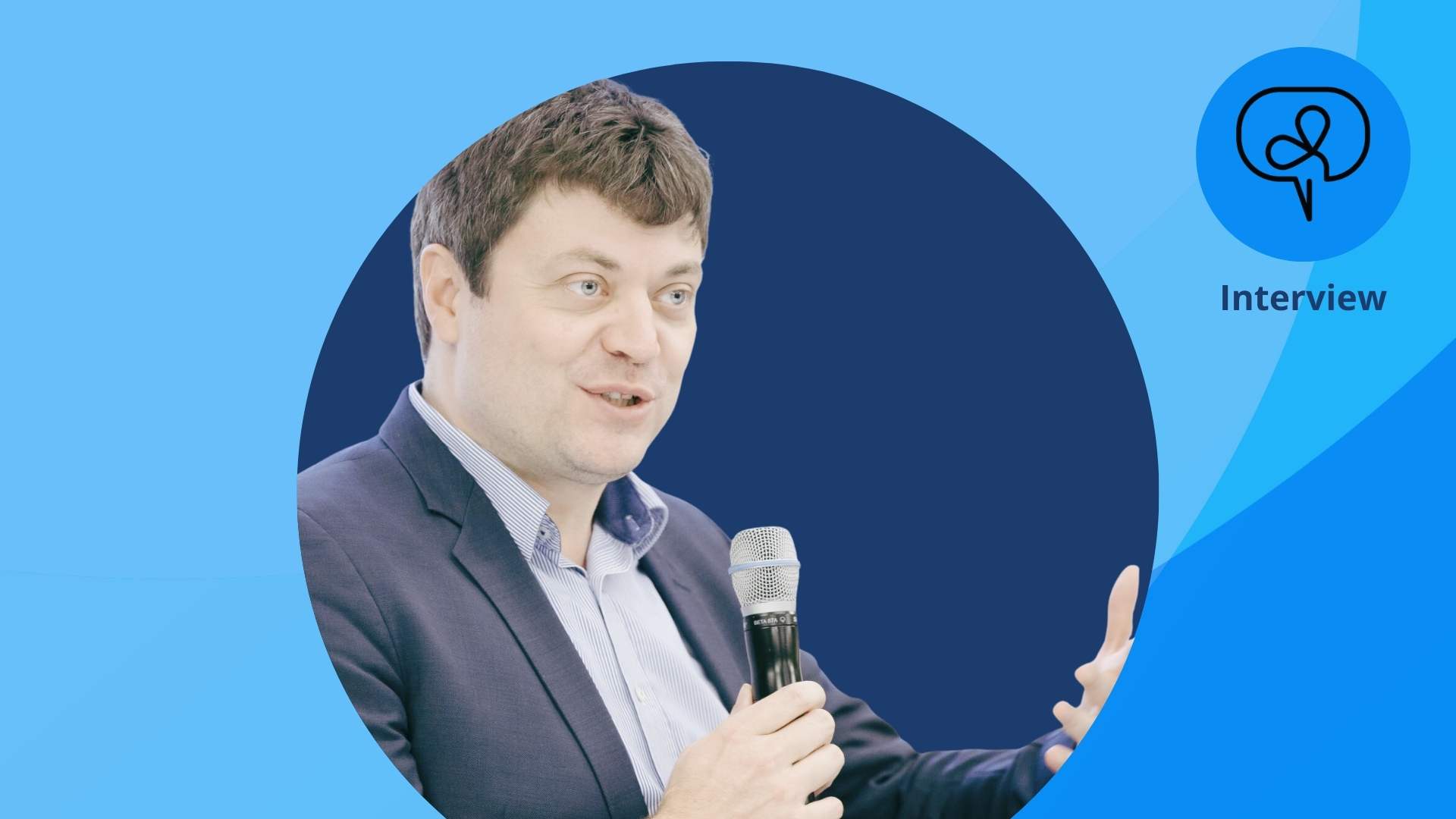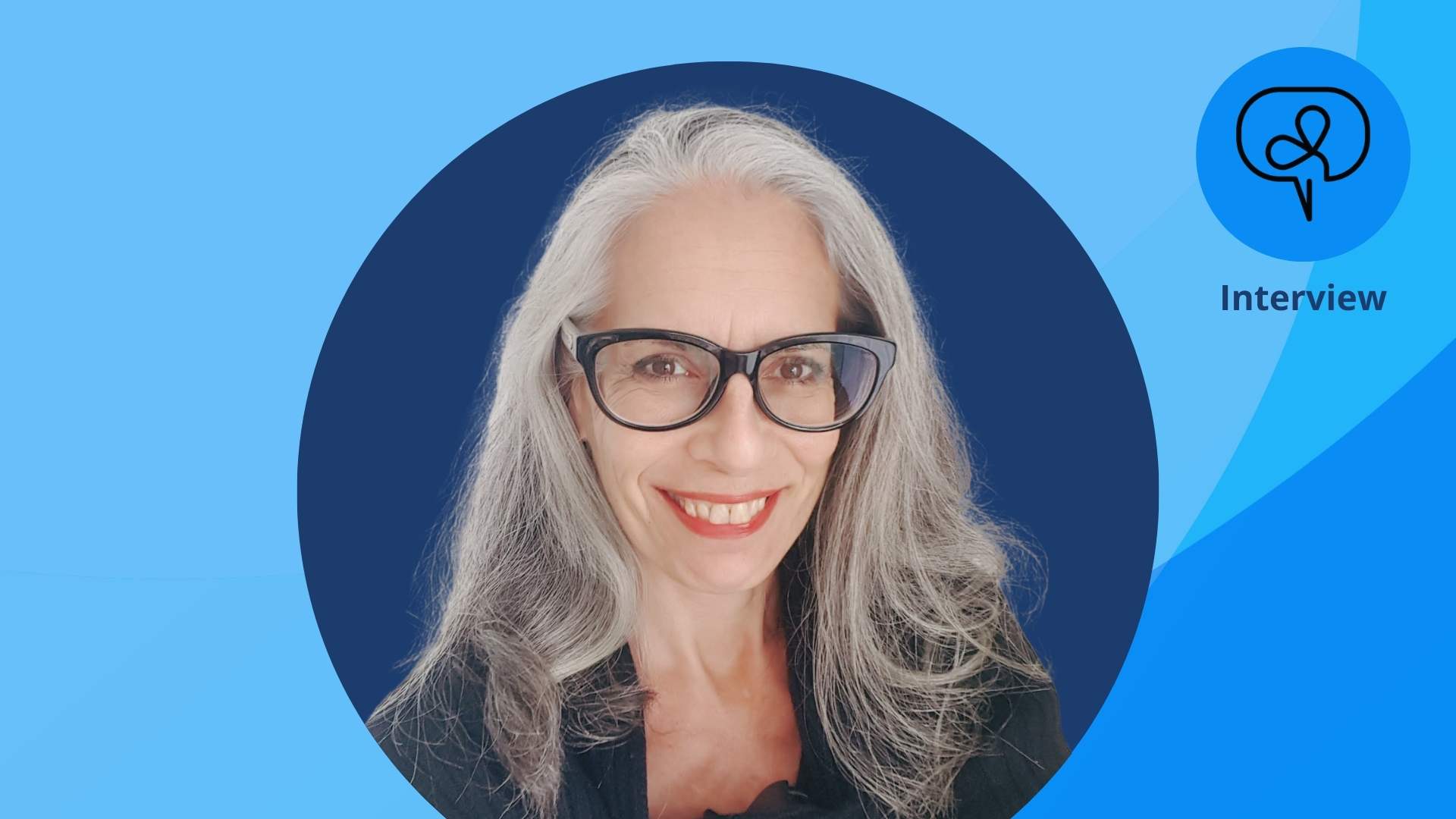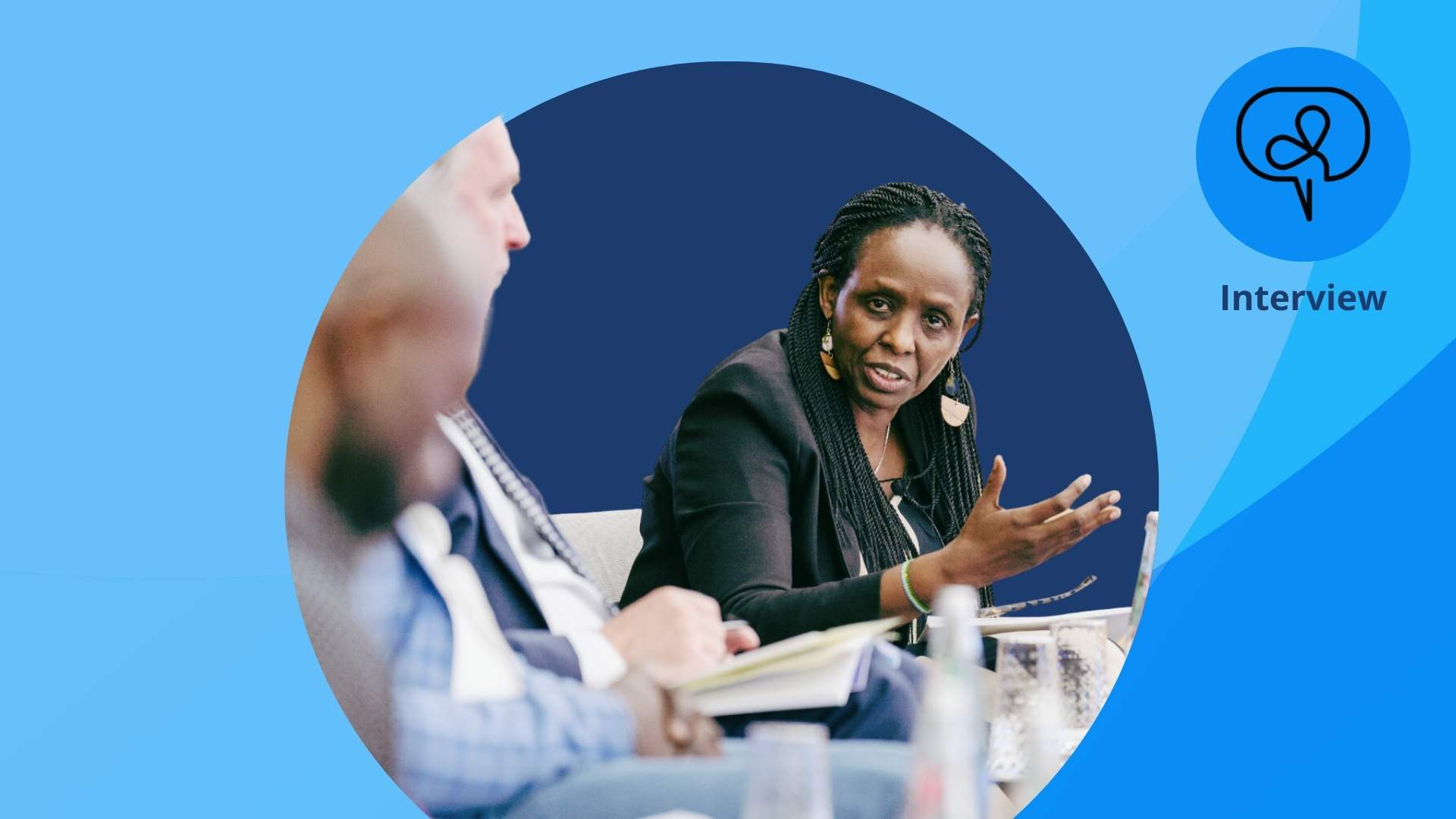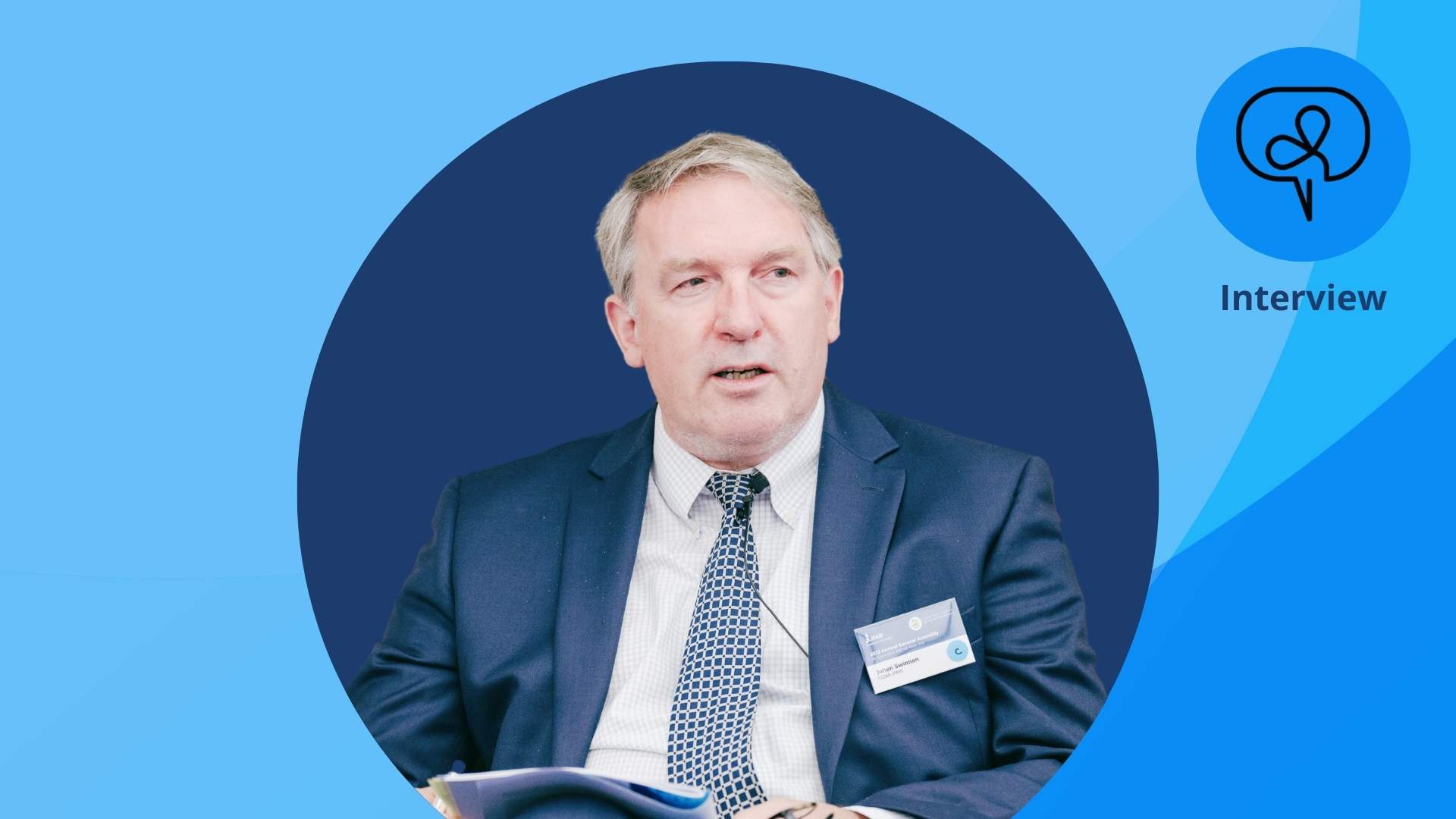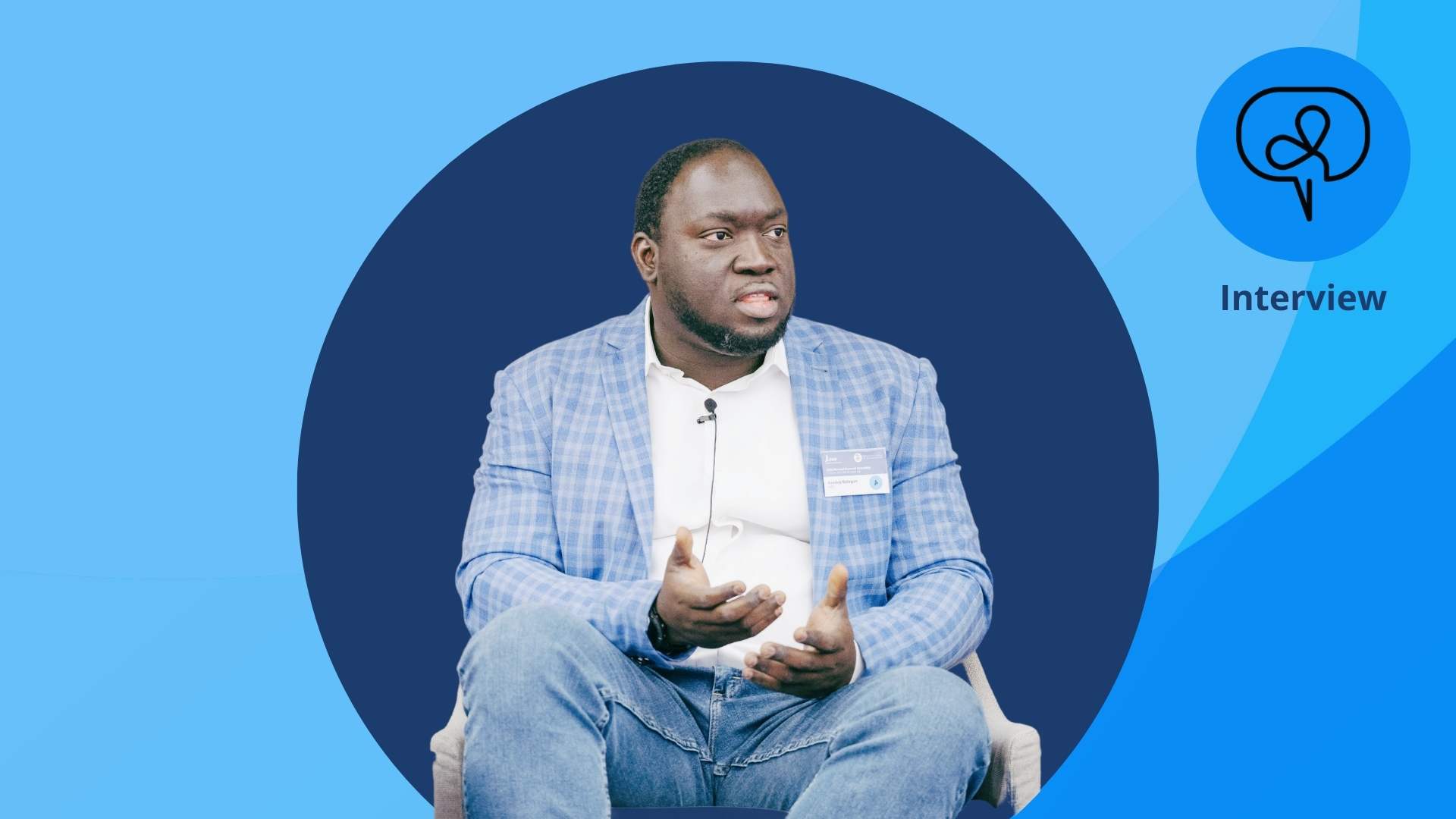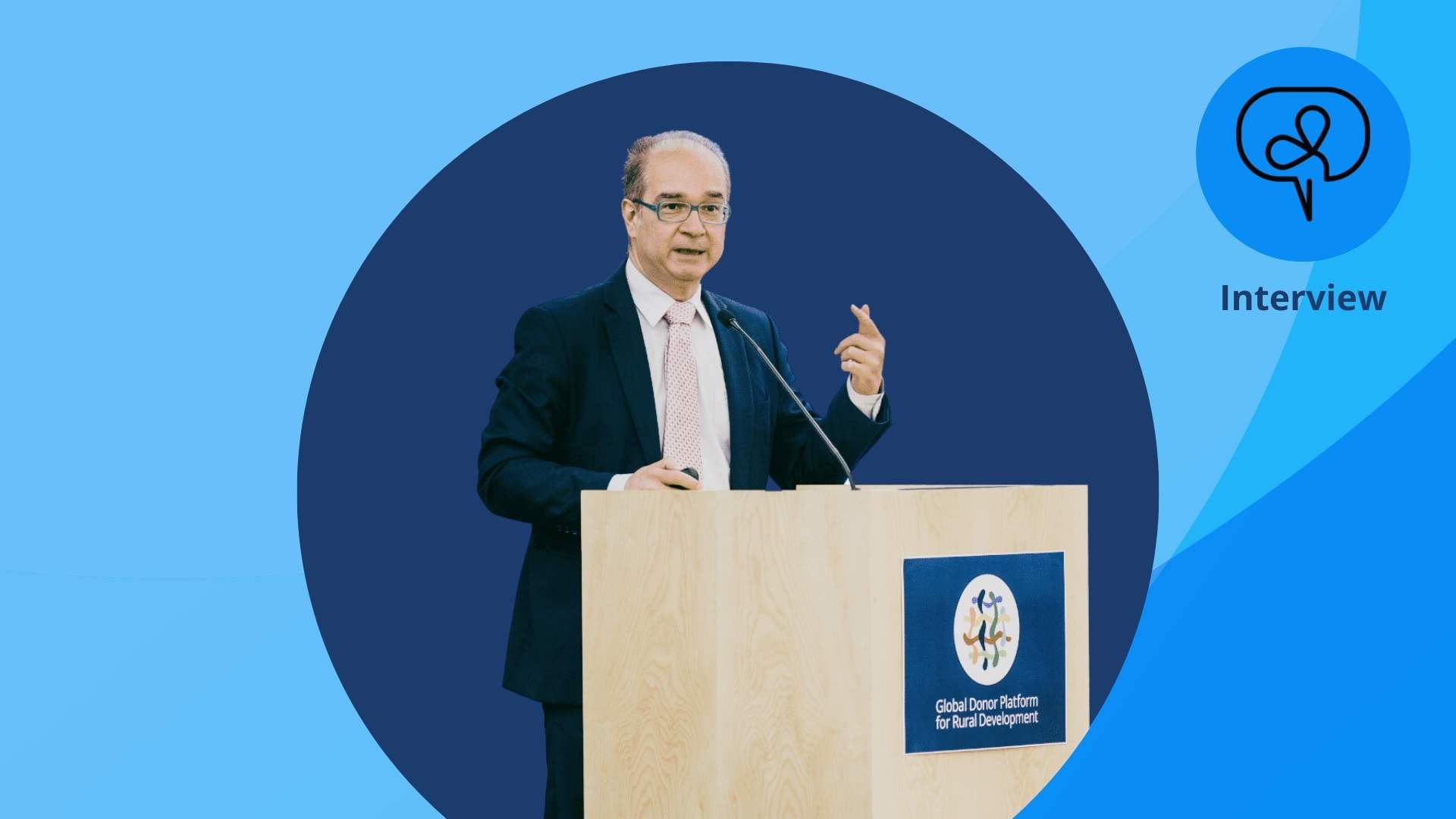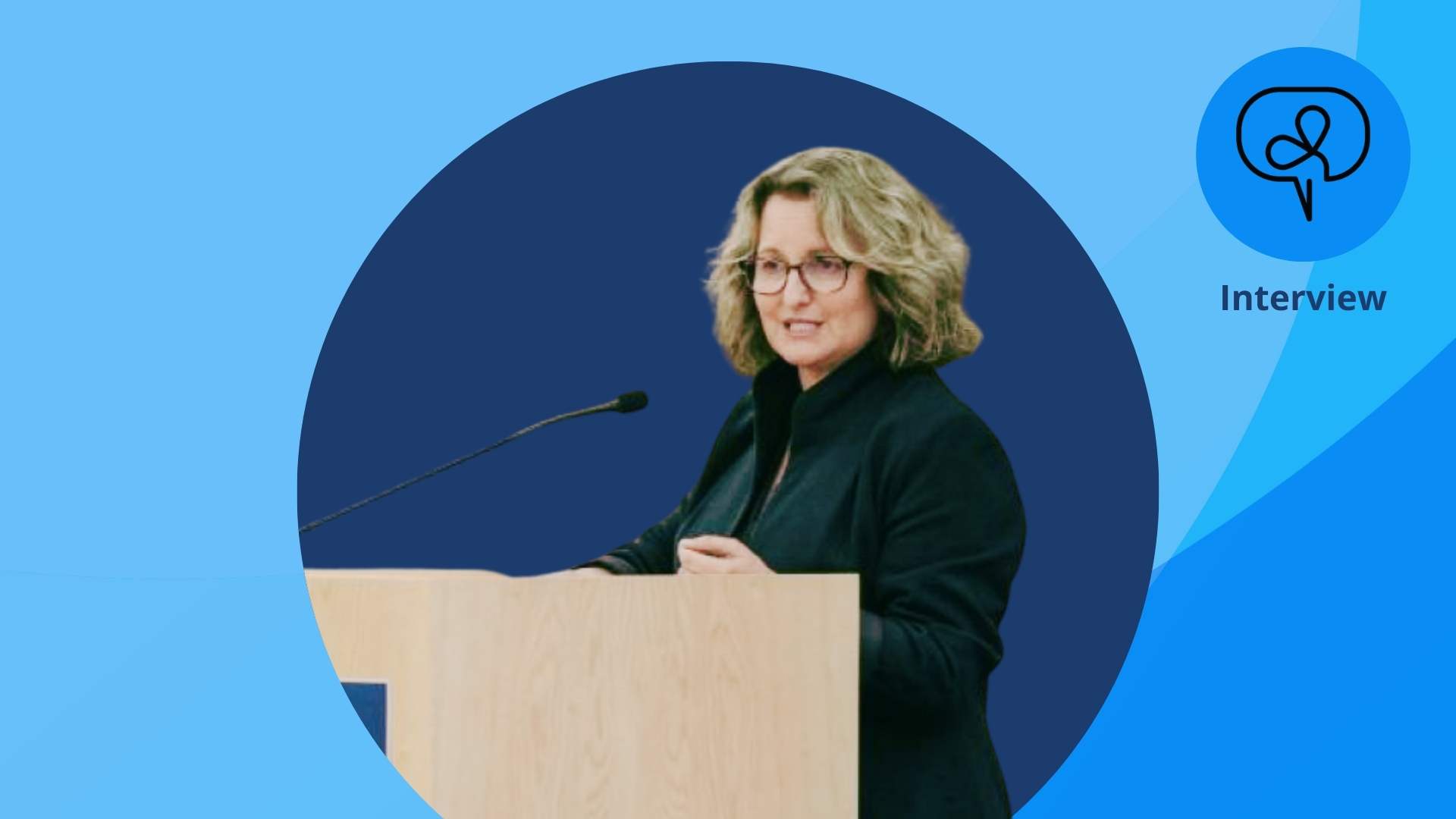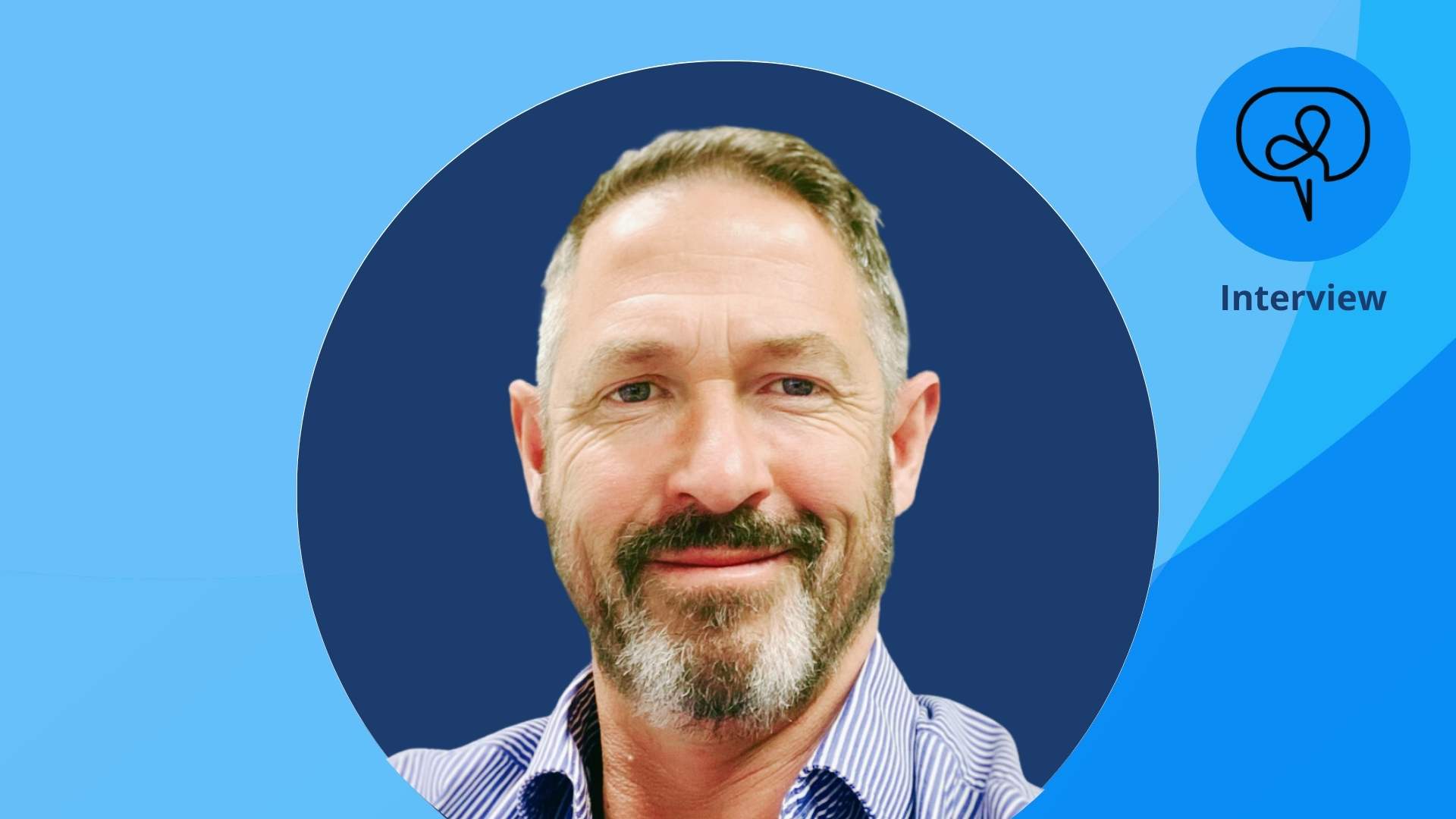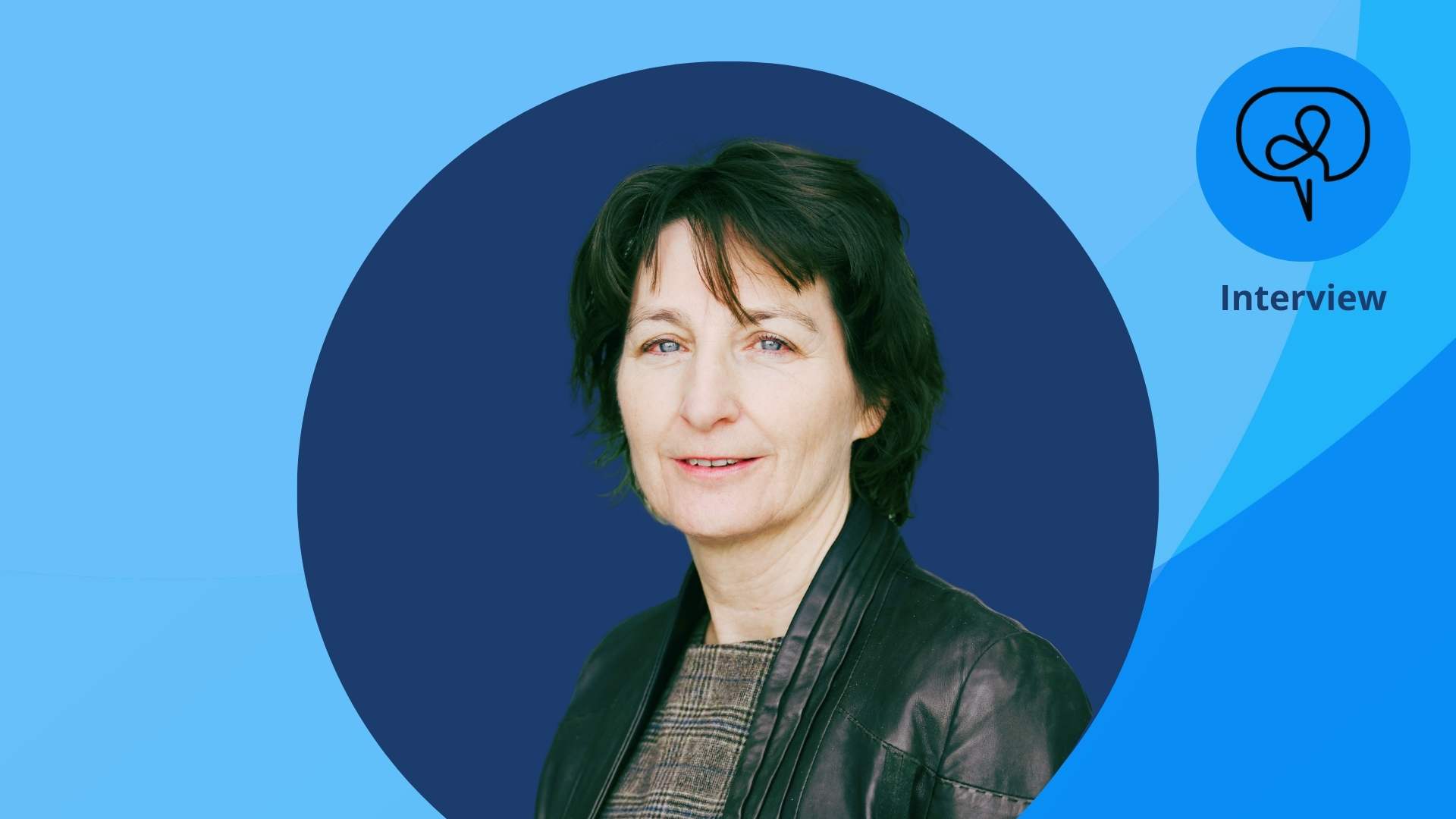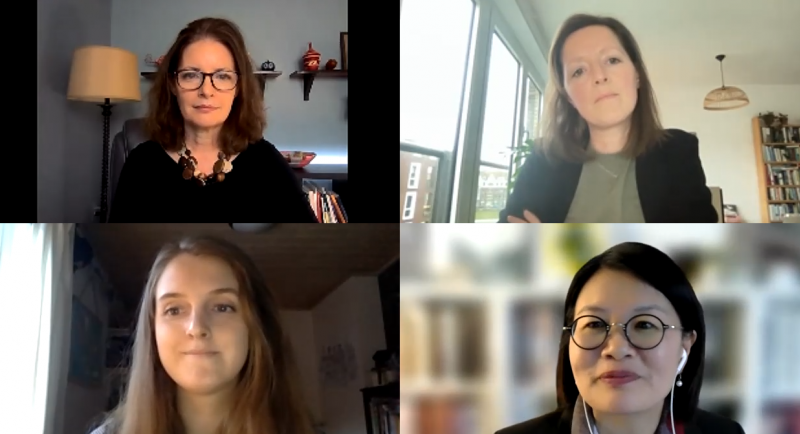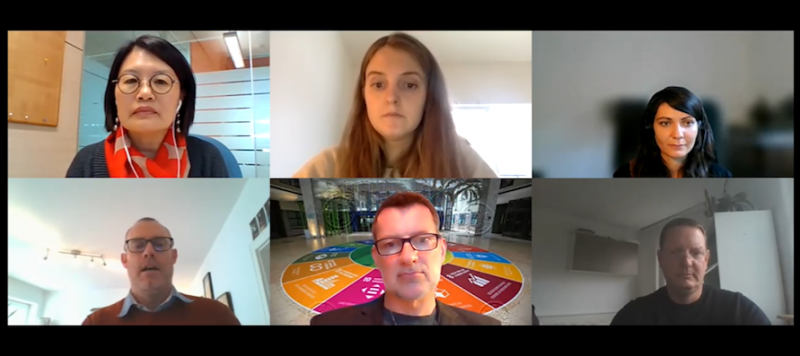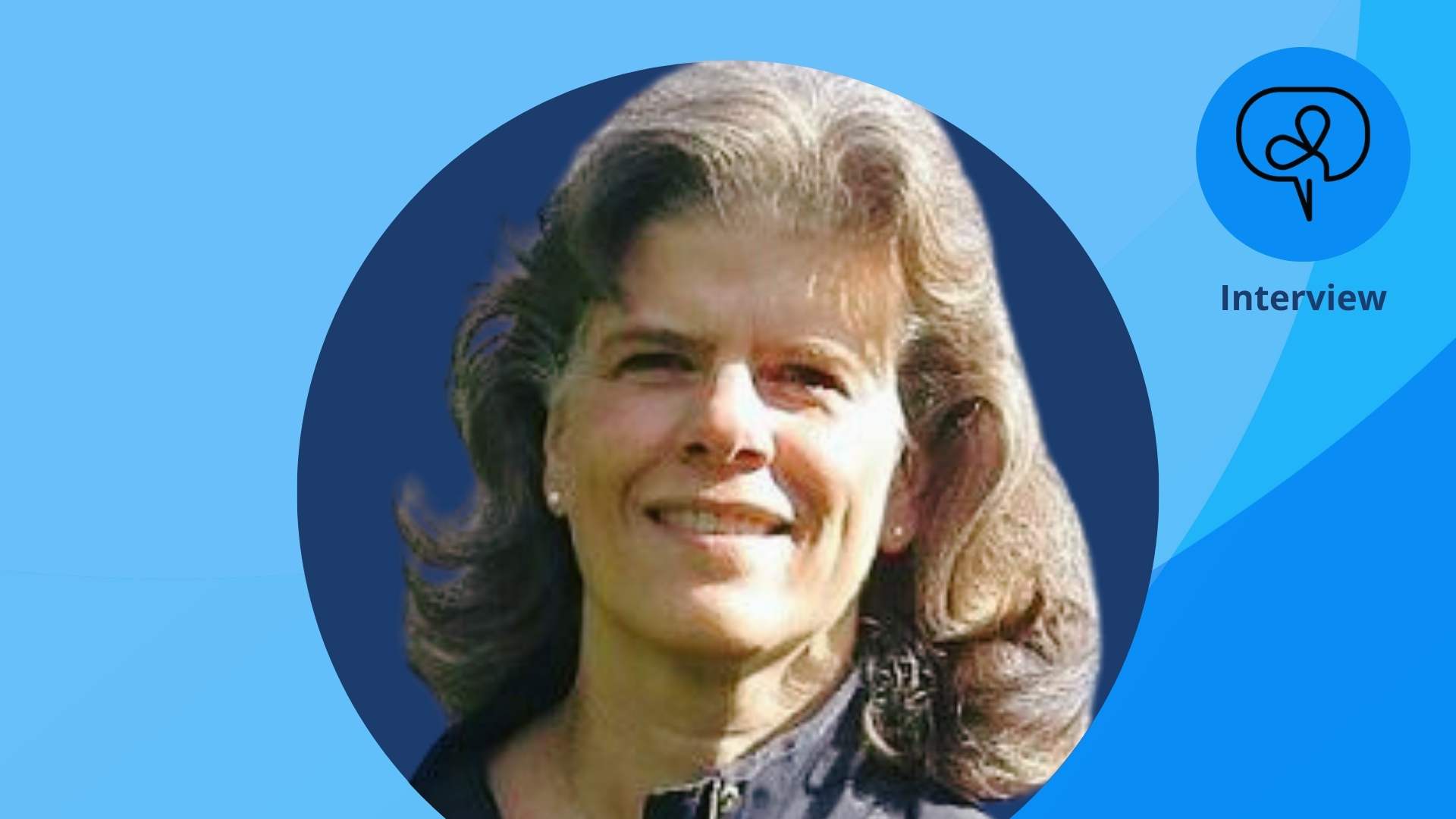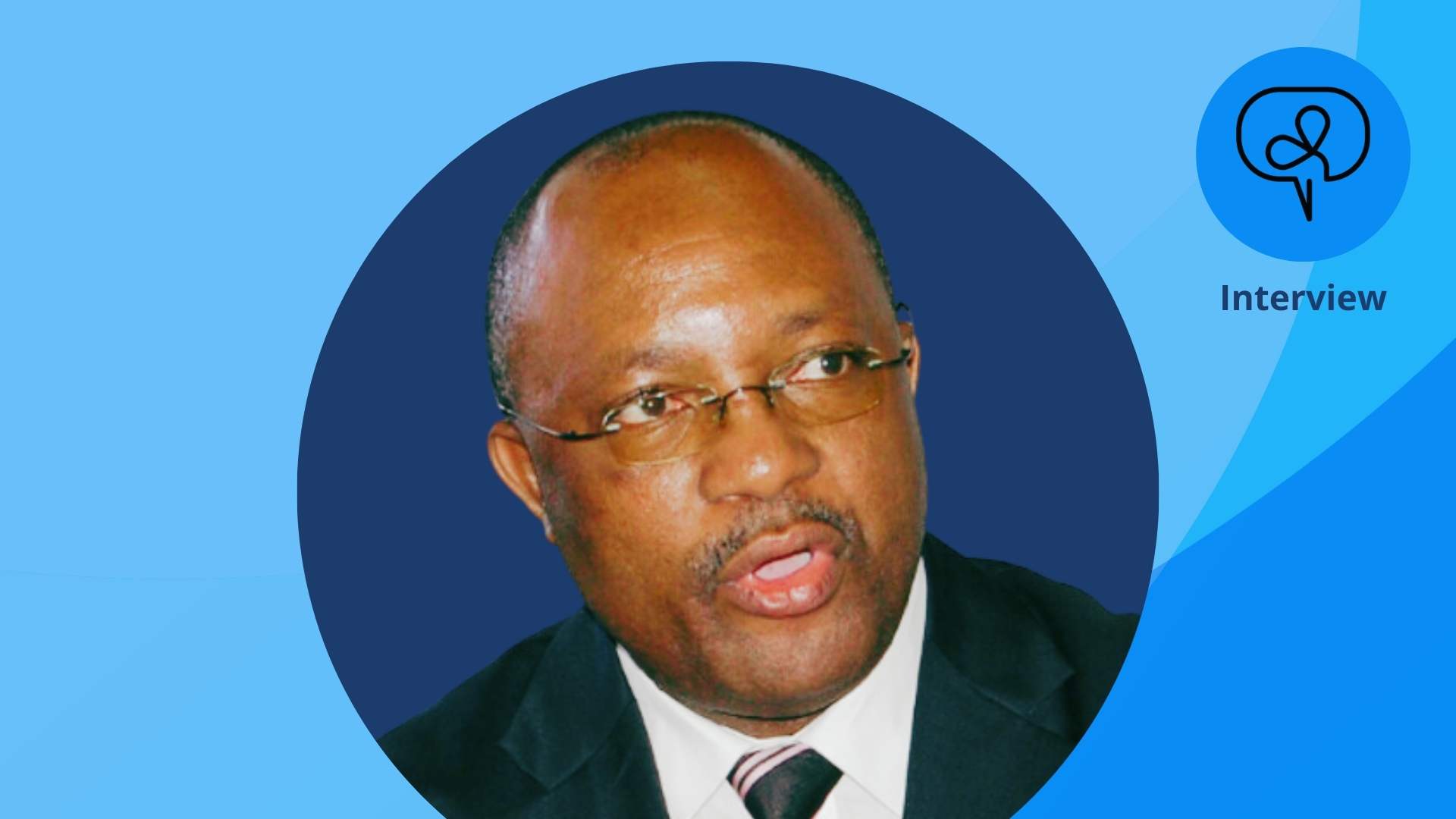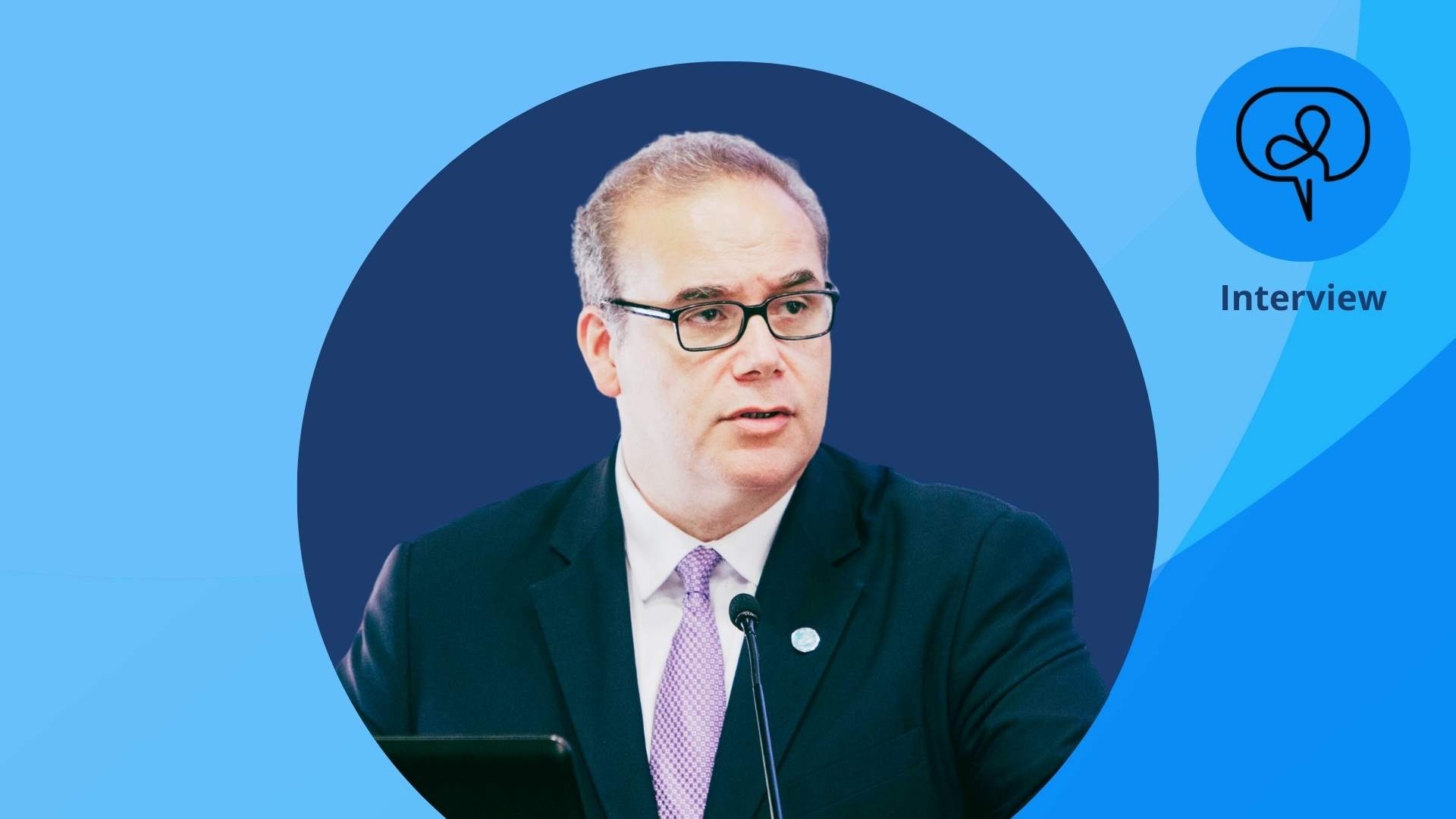
Building long-term resilience in food systems is key to buffer against future economic shocks and humanitarian crises. Máximo shares his insights on how our current food price crisis differs from previous crises and why strengthening our food systems resilience is important for both people and planet. We also got to hear about his fascinating career and range of experiences.
Máximo Torero is the Chief Economist at the Food and Agriculture Organization of the United Nations (FAO). He was interviewed by Jim Woodhill on behalf of the Platform Secretariat. Honorary Research Associate, Environmental Change Institute, University of Oxford, and is also a Senior Advisor at the Global Donor Platform for Rural Development (GDPRD).
Tell us about your background and how you got to this position of helping to solve problems around world food issues.
Máximo: I am Peruvian and did my undergrad in Peru and my Ph.D. at UCLA (University of California, Los Angeles) where I specialized in Industrial Organization. My dissertation was on the birth of semiconductor and biotechnology companies and of course I worked on development. I worked on a couple of chapters on rural development and how we can combine industrial organization and technology into improvement of rural areas and reduction of poverty.
This gave me a different way of looking at things, not as a traditional agricultural economist but more as an economist trying to figure out how to convert agriculture in the agribusiness sector, where the bottlenecks are, and how to increase capacities and to achieve the transformation we need today in the agri-food system.
I then moved to work in IFPRI for 15 years as Director, Markets and Trade Division, which gave me the opportunity to do a lot of research on how to bring these solutions in the rural sector in Africa, South Asia and Latin America. From there, I decided that I needed to know more about the private sector role and especially the donor infrastructure in the world. Therefore, I decided to move to the World Bank, where I spent two years as Executive Director for Peru, Argentina, Chile, Paraguay, Uruguay and Bolivia. It was an interesting time because it was also the time of the replenishment of the Bank, which helped me understand better how the different parts of the Bank (The World Bank Group) operate; not only the public side but also the private side through the IFC and MIGA, and that allowed me to better understand the financing infrastructure that we have had in place in the world after Bretton Woods.
Then I moved to FAO where I can combine everything, bringing solid evidence to create impact on the ground and better understanding the financing required behind.
Share
Máximo Torero. This video is a recording of the interview, conducted by the Secretariat of the Global Donor Platform for Rural Development in May 2022.
Jim: What gives you hope that we can turn around some of the enormous challenges in the food system?
Máximo: Every crisis is an opportunity to help create the changes needed. Many problems are related to governance failure and lack of coordination among stakeholders. That's why one of your pillars in the Global Donor Platform, i.e. coordination of support, is so important because I see that as a major challenge. There is significant support for the challenges we face but due to a lack of coordination, it becomes disaggregated and sparse rather than focused on key priorities where we need to do the transformation.
Jim: Global food prices are at an all-time high with huge impacts on many countries and poor households. How serious is this compared to 2008? Are we coping with the situation better from what was learned? What is the longer-term outlook?
Máximo: We need to look historically at three time periods: the 70s when there was a significant crisis because of scarcity, 2007/8 which was combined with the financial crisis, the 2011 food crisis, and today. I think they have some similarities but also important differences.
In the previous crises, climate shocks have led to a significant part of the production disappearing but today is different. There is a shrink in supply not because there is no production but because the war is not allowing that commodity to move out of Ukraine and the Russian Federation. In terms of the result to the market, there is a shrink in the supply in both cases.
Moreover, the previous crises were mostly based on maize, wheat, soybeans and rice. Today rice is not a problem, this year the surpluses of rice are very high and the stocks of rice are high and this is good because in 2007/8, it was one of the reasons why export restrictions where adopted, which exacerbated the situation. However today we have another commodity which is at risk which is oil seeds of which The Russian Federation and Ukraine export 63% of sunflower to the world.
But one of the biggest differences is that, when it comes to exports of cereals, we still don’t have important countries adopting export restrictions. That was different in 2007/8.
The other element which is a major difference between the crises is the linkage between energy and fertilizers. If oil price goes up, the production of nitrogen increases and also the price of fertilizers. Since food prices have not increased to profitable levels, affordability of fertilizers has decreased due to this energy relationship which we did not have in 2007/8.
Another major difference is that in 2007/8 and 2011, we were talking about a year of shock. Today, if fertilizers cannot be distributed to the world, this will impact the next planting season.
The positive side is that today we have more stocks than we had in 2007/8 and 2011.The negative side is that we are coming out of a difficult situation like COVID-19 which has put countries in a worse situation in terms of the capacity to afford the change in their import bills in comparison with 2007/08. So that is an important problem that we have to carefully look at.
"If I can produce a harvest, I can feed the household and community for the whole year whereas cash transfers or food delivery will only be for one day."
Jim: What is the longer-term outlook for this and what impact will this potentially have on numbers in poverty?
Máximo: Due to COVID-19 in 2020, our projections were that chronic undernourishment will go up to 161 million more people. The World Bank number for extreme poverty increased by 97 million people, basically losing a decade of reduction in extreme poverty. Together with the war in Ukraine, these numbers could increase even more. Our projections, assuming the shock is only this year, was up to 17 million more people going into chronic undernourishment.
The effects of this could last two to three more years. It depends on how long the shock and conflict continues and how the destruction affects Ukraine’s infrastructure to recover. If there is nuclear contamination in Ukraine, we are removing Ukraine from production for 10 years.
Jim: Could you give us ideas about what a more resilient system looks like in practice and how far we are from that?
Máximo: With the crisis in Ukraine, we are going back to core issues we faced in 2007/08, 2011 and the 70’s, where exports of commodities of food, especially cereals, are still highly concentrated in only five countries. This has improved slightly from 2007/08 but not sufficiently. We don't have the geographical disparity to assure a reduction of risk at the global level in case of a shock.
We are also in an environment where, because of climate change, potential shocks could increase, so if today, in addition to what we have in Ukraine and the Russian Federation, there is a bigger drought in Brazil, then we are, for sure, in a huge food crisis.
We also have to be careful that in other commodities, because of the changes and variability in temperatures, diseases will increase and mutate, and also with health issue because of COVID-19. We need to look at it as a system and understand the agri-food system is interlinked with health, potential socioeconomic responses or conflict, zoonotic diseases, and many dimensions we need to consider.
The first element of achieving the resilience we need is understanding that we live in a world of uncertainties and risk, and we need early warning tools and a one-health approach to be prepared, to minimize the risks of zoonotic diseases and have mechanisms of insurance in place that are market-oriented.
The second element is understanding how much we can handle the shock when it occurs, “the absorption capacity”. SOFA 2021 focuses on three sets of indicators that look at the absorption capacity of countries. “Absorption capacity” means: if I have a shock and I am a net importer of food … how do I procure my food? How much do I produce locally? How much do I import of that food? And what is the diversity of stocks I need in order to address that shock? That is extremely relevant today. Why? Because it gives a better idea of how bad or well a country is doing in terms of “absorption capacity”.
The third element is how “to build back” after the shock, to the same level as before or learning from your experiences on how to build back better.
Jim: What does resilience mean when you're talking about a poor household and how they can actually cope with this situation?
Máximo: There are three ways of looking at it which are linked to a reduction of inequalities. One is human capital. How can we improve access to human capital so that people are more prepared and can do other options? The second is infrastructure. The more infrastructure available, the better your capacity to recover. The third is what we call a match of capabilities, how well your capabilities match labour demands.
Jim: Where do you see social protection mechanisms fitting into the story?
Máximo: Social protection mechanisms, like cash transfers and conditional cash transfers, will help you cope but are successful only if they are well targeted and a process to graduate from. That's what we are missing.
If you're a small farmer in agri-business, you don't have access to insurance nor finance. The banks know agri-food systems are vulnerable to climate shocks. An insurance mechanism will reduce that risk for them and increase the probability of a small farmer to access that financial system.
Jim: What should Africa be doing in terms of raising its capacity for food production?
Máximo: Africa only uses 3 to 4% of global fertilizers which is very low, so the capacity and elasticity of response in terms of productivity are enormous. We need to work with governments to identify how to build up commodities that give Africa a comparative advantage. It's not just saying Africa now needs to produce wheat. Africa needs to figure out, within the SCATTER framework, how they can develop their agricultural sector.
They need to improve their infrastructure, their human capital and the capabilities of farmers, and their regional interregional trade like investing to standardise food safety standards. The good thing is that a lot of space to grow agriculture in Africa. There are countries with huge potential that can become important producers for the world, like in the case of Peru or Argentina. Africa has the capacity to do that. Of course, there are areas where it is more difficult because of droughts (for example), but those are areas that require other technological innovation. So, I think it is very important to bring science, technology and innovation into the design of how Africa should move. It would be really wrong to try to copy other models and try to argue that a new green revolution is by producing more wheat in Africa.
Jim: What are the implications for donors, and how can donors strengthen their catalytic role?
Máximo: Donors can play a crucial role with a coordination that looks at the needs and demands of the regions.
Africa has progressed with their current framework on what countries want to do. Donors should respond to their demands with some conditionalities in place and try to coordinate their actions.
Our Hand-in-Hand initiative created a geospatial platform to show where donors are investing and identify overlaps and potentially subpar investments according to the needs. These territorial approaches can help governments target interventions and help coordinate investments.
Jim Woodhill: How do you see the linkage between what donors can do and how donors can tackle this infrastructure deficit to respond to food system challenges?
Máximo: If you look what we call aid and also at the investments from the IFI’s, there are inefficiencies where, if we work and coordinate better, the returns could be significantly higher, and that's where I think the job is.
Countries and regions can work together to facilitate the process of investment, where then, the private sector can come in and request a minimum blending. That's where donor investment becomes catalytic.
Countries and donors have priorities to respond to the people who provide money through their taxes. The system can be easily justified if a transparent process can show how those dollars invested are used to yield a higher return.
Jim: The Global Donor Platform, in response to the UN Food System Summit (FSS), has produced a white paper. Coordination is a key area, but are there other things in the paper you might pick out as being important for donors to focus on?
Máximo: The white paper has action areas, so coordination, mobilised responsible investment, promote private sector engagement, support policy innovation, invest in research and data, enhance governance and so on. All these pillars are extremely important but they are guidelines. What needs to move next to this is how to make them operational and what it means to implement them in real life coordination.
How we can bring more accountability to what donors, the IFI and the IMF are doing? How can we enhance that governance mechanism because most of these institutions’ boards are managed by developed countries?
Linked to that is understanding the importance and role of the private sector as a key stakeholder and again, the concept of donors wanting to be catalytic and complementary to the private sector itself.
For this to be operational, we need to understand the consequences of our actions. During the FSS, FAO developed a modelling framework to look at trade-offs, such as what are the trade-offs if we decide to increase research and development or investment in irrigation or to reduce food loss and waste. These consequences, if we understand them properly, will help identify the correct pathway and how these pillars should move to achieve that goal. This is what we are missing and is related to data and capacity of modelling, both of which we need to improve substantially to solve this problem.
Jim: How important is the idea of national food systems transformation pathways at the national level? Is this a critical focus point for donors and other actors to come together around?
Máximo: Yes, because the Summit brought up the importance of a systems approach. I am always optimistic when analysing pathways. We need to interact more with the countries to come up with pathways that can be transformed into investment plans.
We are analysing the transformation pathways documents to find the priorities countries have in place. These documents need improving but are a useful information source to understand the real demands and challenges at the country level.
Intersectionality is important - we need to bring all the ministers together. It’s not only agricultural but also finance, environment and health.
Jim: How do we get the balance right between investing in the short term crises and humanitarian issues versus investing in the longer term transformation of food systems?
Máximo: Emergency response is needed for the most vulnerable but we need to adapt part of the funding into investment that provides returns to increase the resilience of those countries. For example, in Ukraine, it's more efficient to keep producing to feed their people than to provide cash transfers. If I can produce a harvest, I can feed the household and community for the whole year whereas cash transfers or food delivery will only be for one day.
Latest Interviews

CONTACT | GDPRD
Maurizio Navarra
Secretariat Coordinator at the
International Fund for Agricultural Development (IFAD), Rome/Italy
